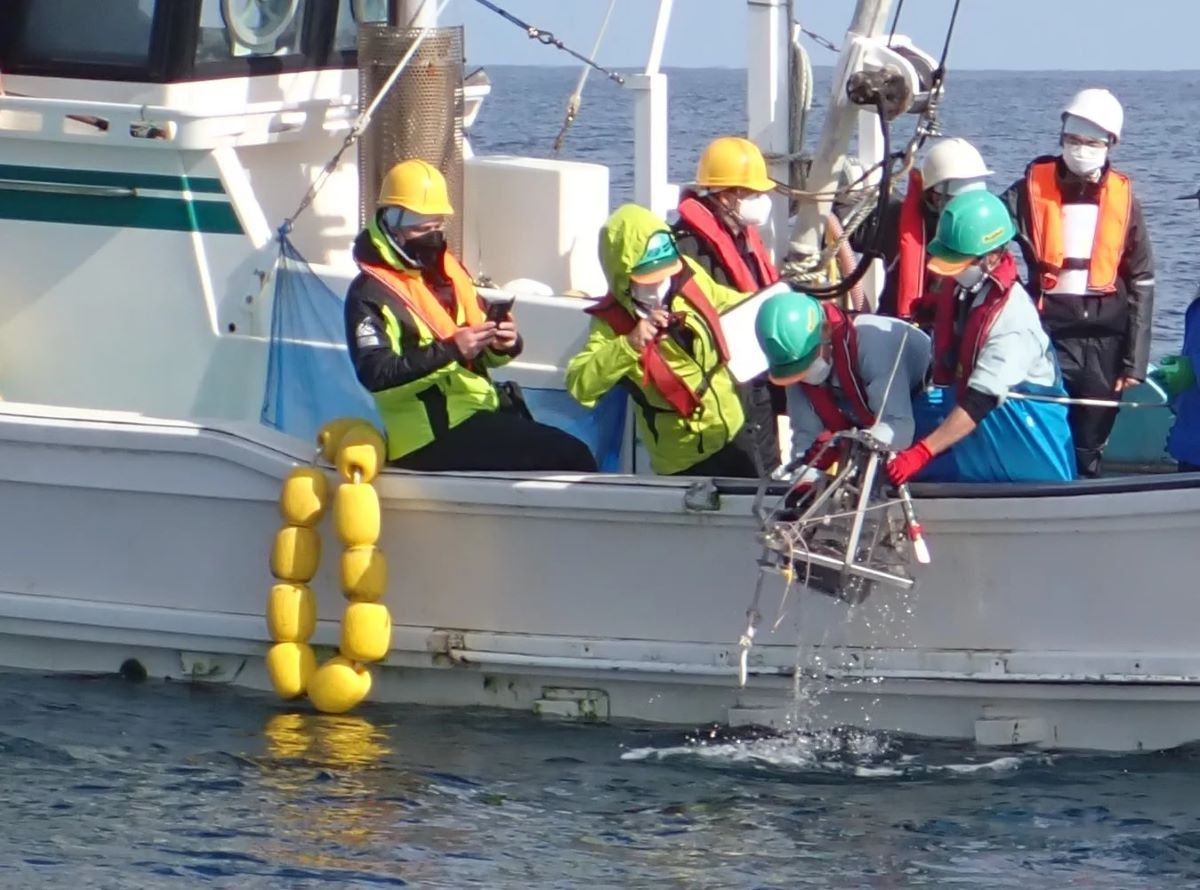The symposium provides a forum for domestic nuclear-related companies in Japan to introduce their activities, sustain their operations, and expand their businesses overseas. It is also an opportunity to explain and discuss measures for maintaining and bolstering nuclear supply chains, including supporting the development of human resources.
Japan’s Ministry of Economy, Trade and Industry (METI) had previously announced the establishment of the Nuclear Supply Chain Platform (NSCP), and efforts are being made under that framework in cooperation with Regional Bureaus of Economy, Trade and Industry nationwide to establish systems to support the fostering and securing of nuclear human resources, as well as to provide measures to prevent supply disruptions of parts, components, and materials, and to sustain businesses and facilitate participation in projects overseas.
In his video message at the symposium’s opening, SAITO Ken, head of METI, said that following COP28 at the end of 2023, “a global reaffirmation of the necessity of nuclear energy has been steadily increasing.” At the same time, he emphasized that in light of the Noto Peninsula Earthquake on New Year’s Day 2024, a fundamental condition for the use of nuclear power was that actions be carried out in a self-disciplined manner—with safety as the top priority—and with constant reflection upon the accident at the Fukushima Daiichi in 2011.
The METI minister then made comments looking back on the 13 years since the massive earthquake that struck northeastern Japan in 2011, which caused that accident. Referring to the loss of opportunities to build new nuclear power plants (NPPs) in Japan since then, he said, “There is little time left to pass the baton to the next generation.”
He then mentioned that he was concerned about maintaining technological infrastructures and securing human resources in the country. In that respect, he indicated that governmental support would be diversified through exchanges among supply chains in like-minded countries, including public and private mission groups to be dispatched to North America by the government.
Director General Rafael Mariano GROSSI of the International Atomic Energy Agency (IAEA), visiting Japan, also attended the symposium in person. In his speech, he, too, referred to the results of COP28 and the expectations for its positive effects, saying that nuclear energy was now being discussed on equal terms with renewable energies, and that an international consensus was forming.
He also cited the diversified potential of nuclear technology, including seawater desalination and operations for data centers. He talked about the Nuclear Energy Summit, held on March 21 in Belgium, with world leaders gathering, and said that the IAEA would take the lead toward opening new nuclear markets and projects. “The industry and regulatory authorities should operate under one umbrella,” he said. He concluded by saying that the IAEA seeks to “open up a new age with all of you.”
In his remarks to the symposium, JAIF Chairman MIMURA Akio stressed that “momentum in the active use of nuclear power has been increasing both domestically and internationally.” As far as the next Strategic Energy Plan is concerned—the discussions about which will begin soon—he said that “the role of nuclear energy will have to be presented more concretely,” adding that he believed that it would happen.
Chairman Mimura also said that he had reaffirmed the technological power of domestic supply chains, given that supply ratios for main components, including reactor pressure vessels and generation turbines, had reached 90%, and that Japan had more than 50 years of experience in plant maintenance. He then aired his expectation that Japanese industries would exhibit their abilities “not just in making the maximum use of existing reactors, but also in building new nuclear power plants (NPPs).”
At the same time, given that specific planning for building NPPs is stagnant, he said that he was afraid, in the current situation, that “industrial infrastructure will deteriorate.” Referring to a job fair being held for students and industries at the symposium, he said that he wanted all participants―who will carry the nuclear industry on their shoulders in the future―to feel the “calorific power and energy” of the world in promoting the use of nuclear power.
Next, in a session of the symposium entitled “The Future Vision of the Nuclear Industry,” a presentation was given by YAMAGUCHI Akira, director of the Nuclear Safety Research Association (NSRA), and past chair of the Nuclear Energy Subcommittee under the Advisory Committee for Natural Resources and Energy. There was also an announcement by Mitsubishi Heavy Industries (MHI) about its development of advanced reactors.
There were then three additional sessions at the symposium on individual topics related to efforts to strengthen supply chains: (1) developing and ensuring human resources, (2) participation in overseas projects, and (3) measures against supply disruptions. The presenters were representatives of ANRE, the Ministry of Education, Culture, Sports, Science and Technology (MEXT), the Japan Electrical Manufacturers’ Association (JEMA), leading Japanese manufacturers, a Japanese valve manufacturer supporting NPPs, and foreign companies appreciative of Japan’s technological strength.
Regarding the development and securing of human resources, YOSHIMURA Masahito of Hitachi, who chairs the sub-working group of HRD to Internationalize National Human Resources of the Japan Nuclear Human Resource Development Network” (JN-HRD Net)―a public, private, academic platform―showed a roadmap for the coming decade that calls for activities to engage a wide variety of people from a broad range of areas, including those in Japan and abroad, from the industrial world as well as universities and research institutes, along with students.
In terms of educating engineers and technicians, KOMUKAI Yuki of the Toshiba Energy Systems & Solutions Corporation (Toshiba ESS) talked about her company’s educational process in accordance with Toshiba’s plans to develop advanced light water reactors (ALWRs, known as “iBR”). From the viewpoints of basic education for working adults, monozukuri (manufacturing craftsmanship) and global thinking, she stressed that her company aimed to nurture engineers and technicians with a high level of professionalism and a focus on safety culture.
Concerning the topic of participation in overseas projects, a representative of Holtec International of the United States explained her company’s collaboration with the Mitsubishi Electric Corporation in a project to build the SMR-300 (300MWe), specifically, design engineering of the digital instrumentation and control systems (I&C).
Citing the advantages of small modular reactors (SMRs), including their safety, the possibility of supplying heat to industrial parks, and the applicability of permits and licenses for existing LWRs, she said that Holtec International expected Japan’s technological strength to be of foremost importance. “In order to meet global demand, it is necessary to cooperate with Japanese suppliers,” the representative said.
Next to speak was UETAKE Akihito, senior managing director of JAIF, who cited WNE 2023―the World Nuclear Exhibition―held last November in Paris, as an example of international cooperation in the nuclear field and support of development overseas. Showing the layout of the exhibition site, he said that the event was a success, as it had some 23,600 participants from 88 countries and regions. However, he also expressed concern that Japan’s exhibition appeared less impressive than those of China and South Korea.
Also speaking at the symposium was OZAWA Takashi, director of the Nuclear Energy Systems Department of the Japan Electrical Manufacturers’ Association (JEMA), who treated the subject of measures to prevent supply disruptions, as the participants were focused on the process of Commercial Grade Dedication (CGD), which is a method of evaluating and verifying general products and making them available for use at nuclear facilities.
He started out his remarks by noting that the Japan Atomic Power Company’s Tsuruga-1, Japan’s first BWR plant, had begun commercial operation 54 years earlier to the day. He then looked back at the history of domestic supply chain growth in Japan during the past 60 years. He said that he was worried about the aging workforce and the retirement of experienced, veteran engineers and technicians due to the halt in construction of new NPPs following the accident at Fukushima Daiichi in 2011.
Meanwhile, representatives of Hitachi-GE Nuclear Energy (HGNE), a leading manufacturer, talked about the significance of CGD in cases of nuclear-related basic components (i.e., those that are safety-related), the supplies of which have become insufficient or which have become unavailable because of changes in design or the withdrawal of the supplier. He also talked about other items confirmed by CGD, such as motor valves and exhausters.
Finally, a representative of the Okano Valve Mfg. Co.―a supplier―first talked about the advantages of CGD, saying, “Where CGD is newly applied to general products, the choices available to suppliers and the selection of products can be expanded greatly.”
On the other hand, he then pointed out the existence of issues of incompatibility and the effects of dealing with problems when new items were procured for severe accident measures. Also, he said that the requirement for higher-quality management standards may increase the costs and labor needed for appropriate customer service.


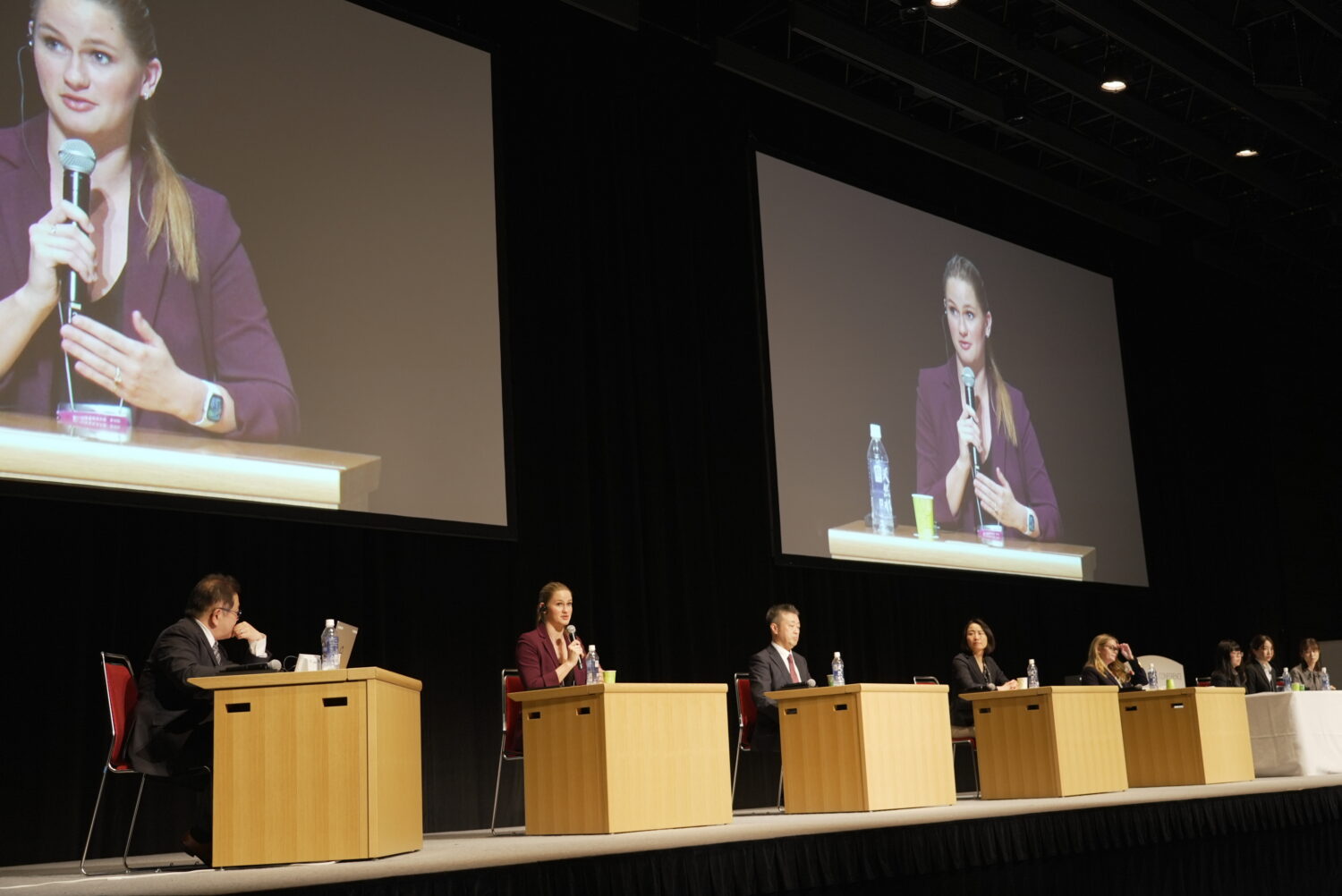
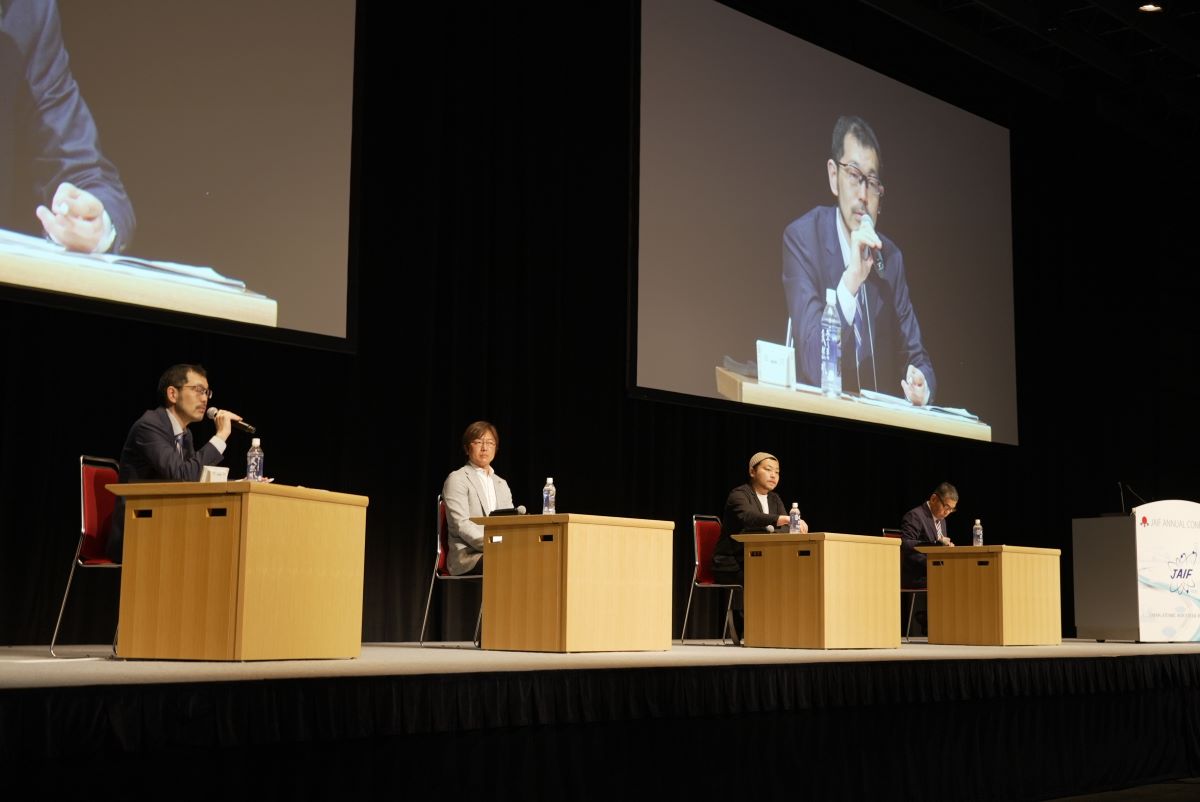
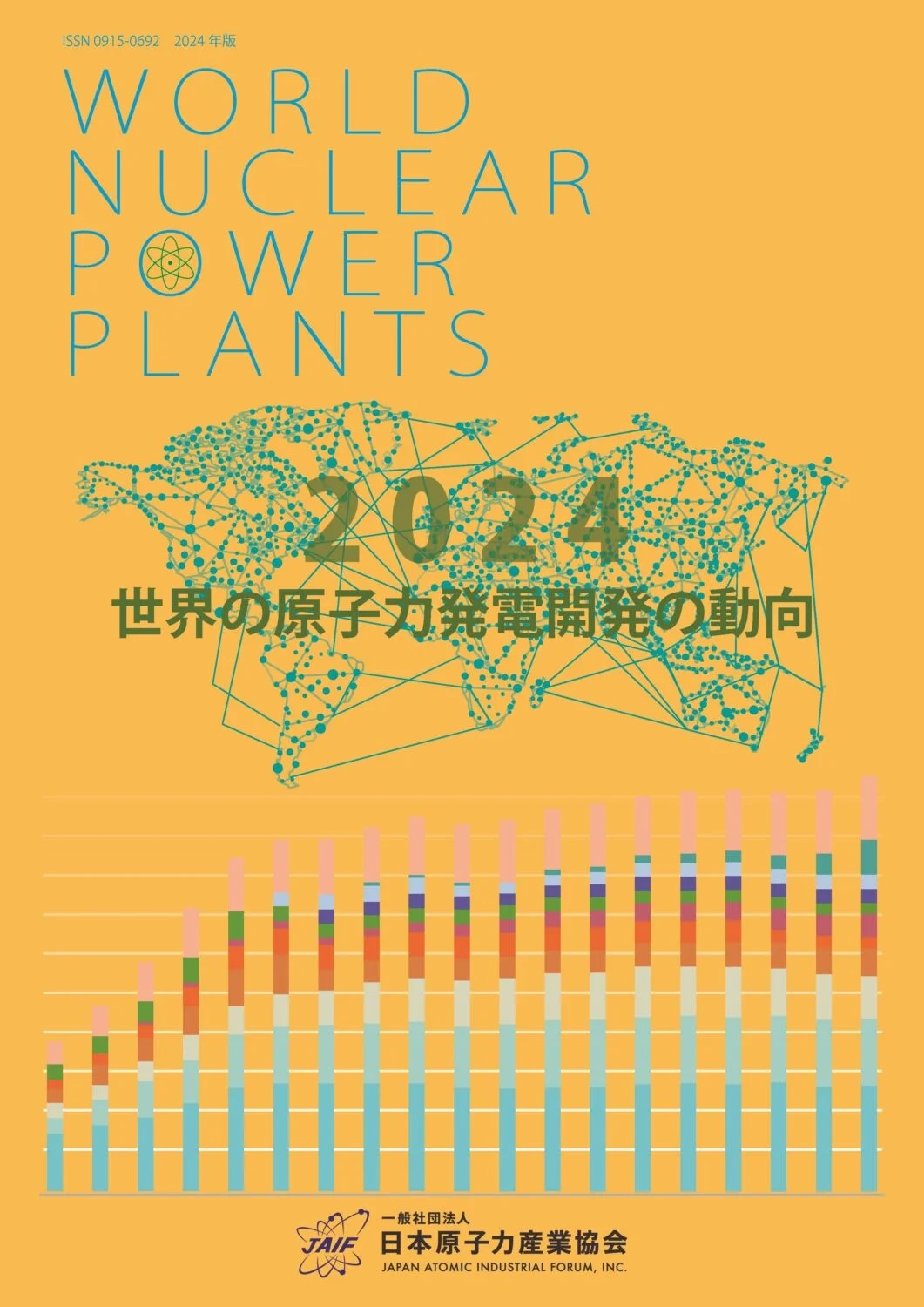
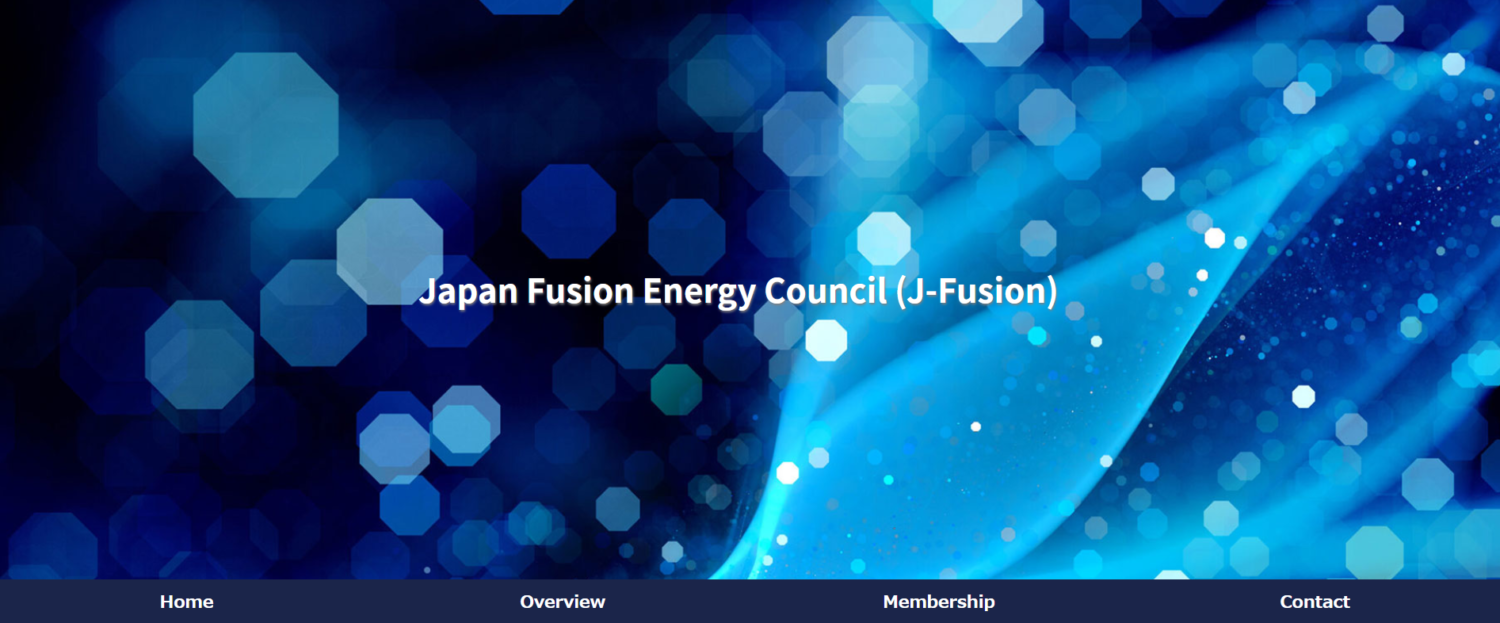
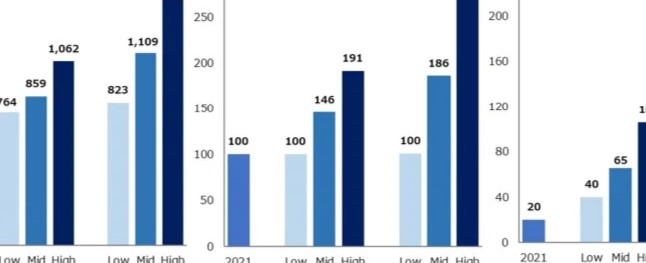




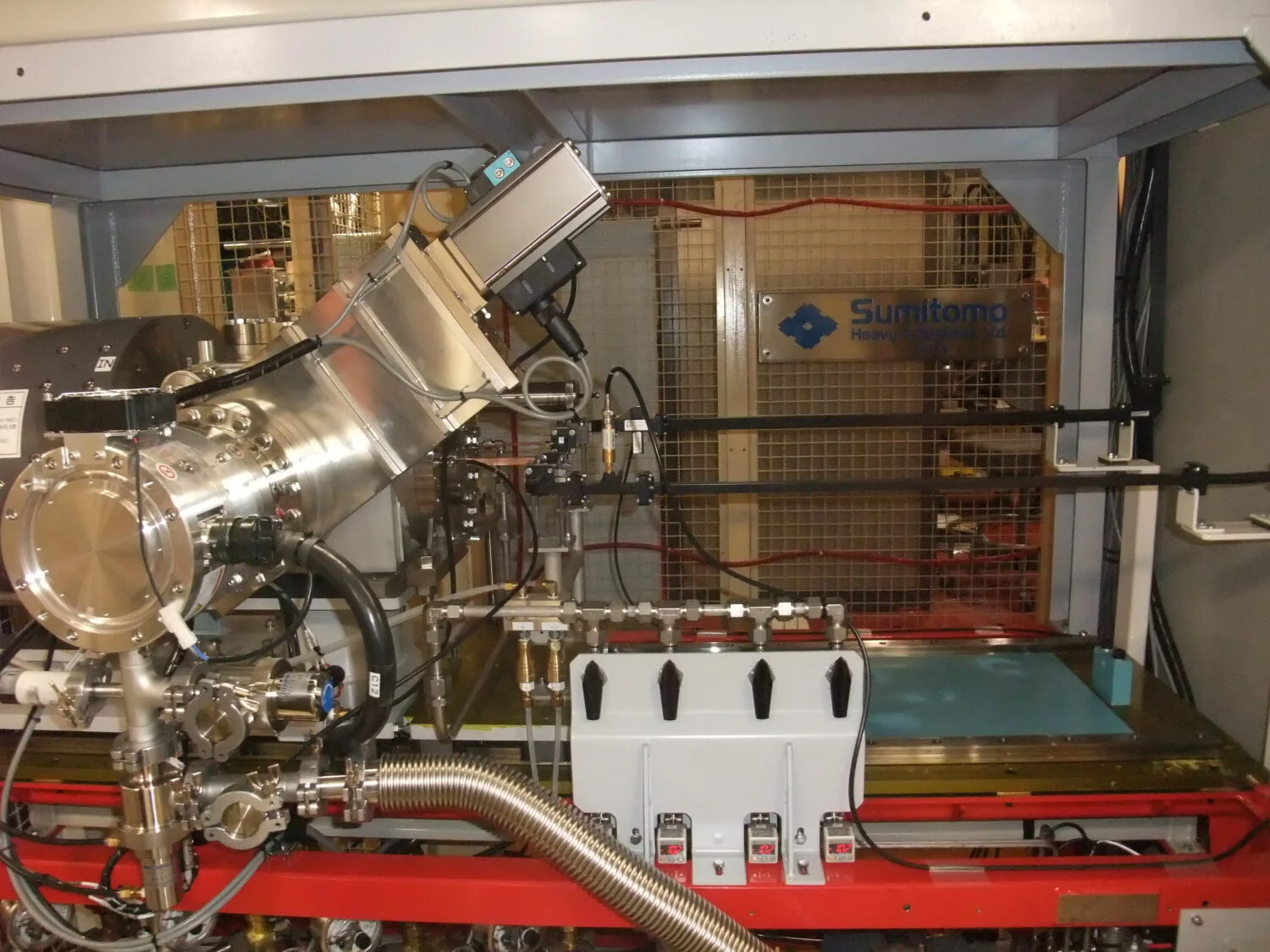
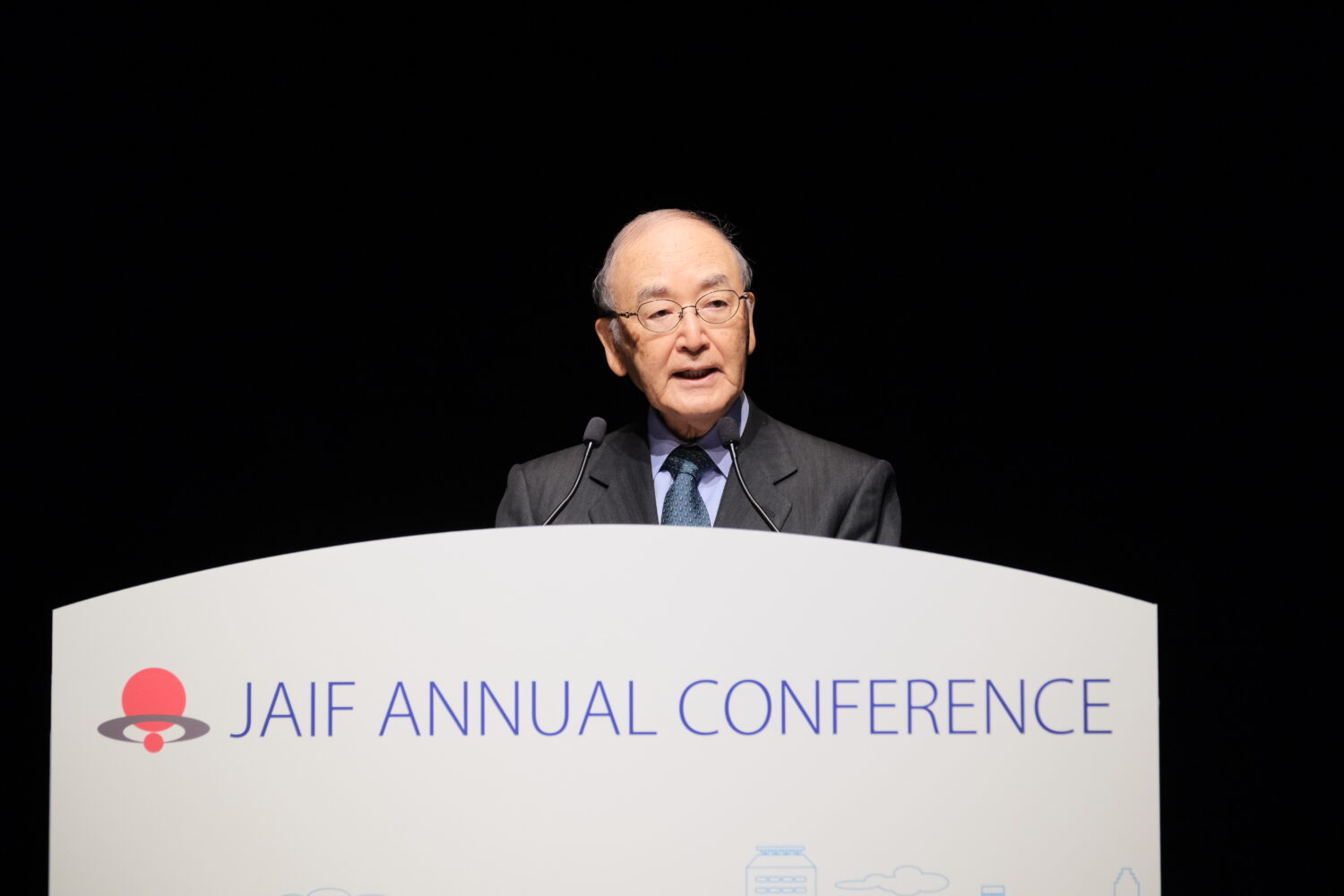
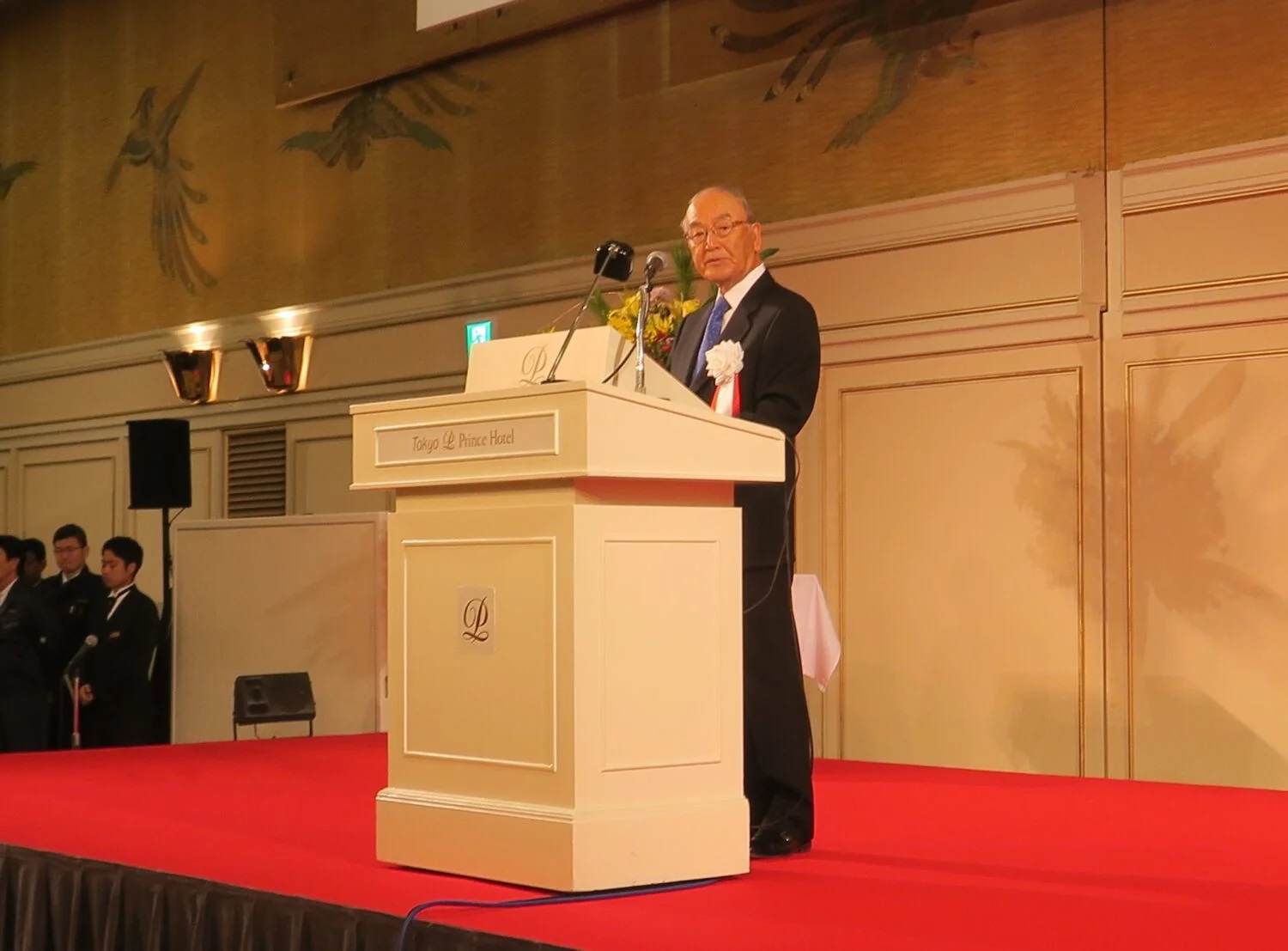
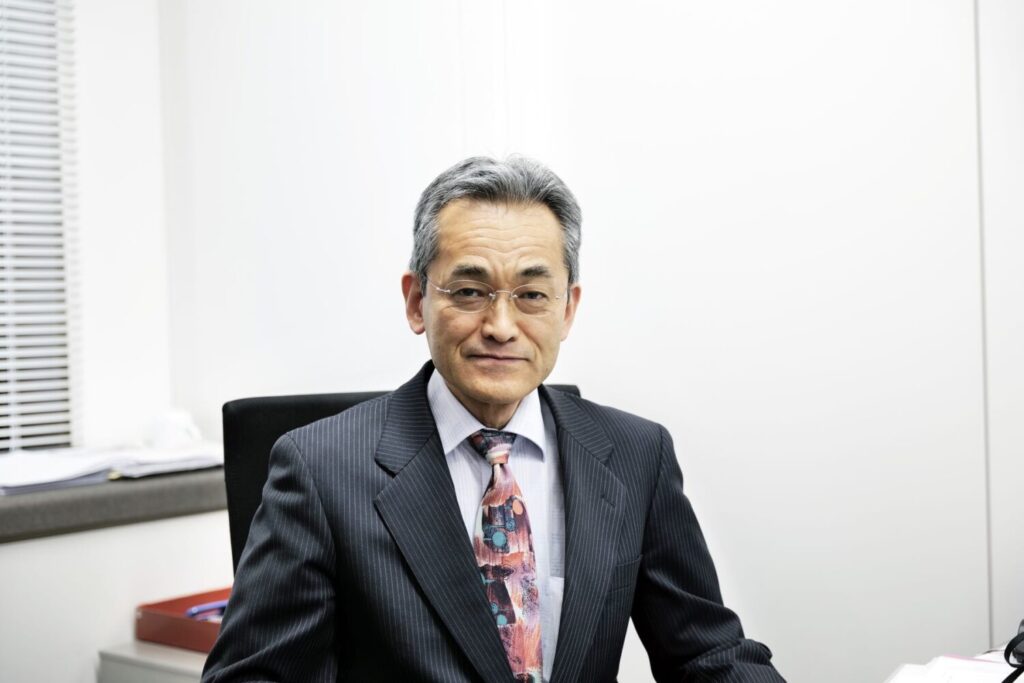

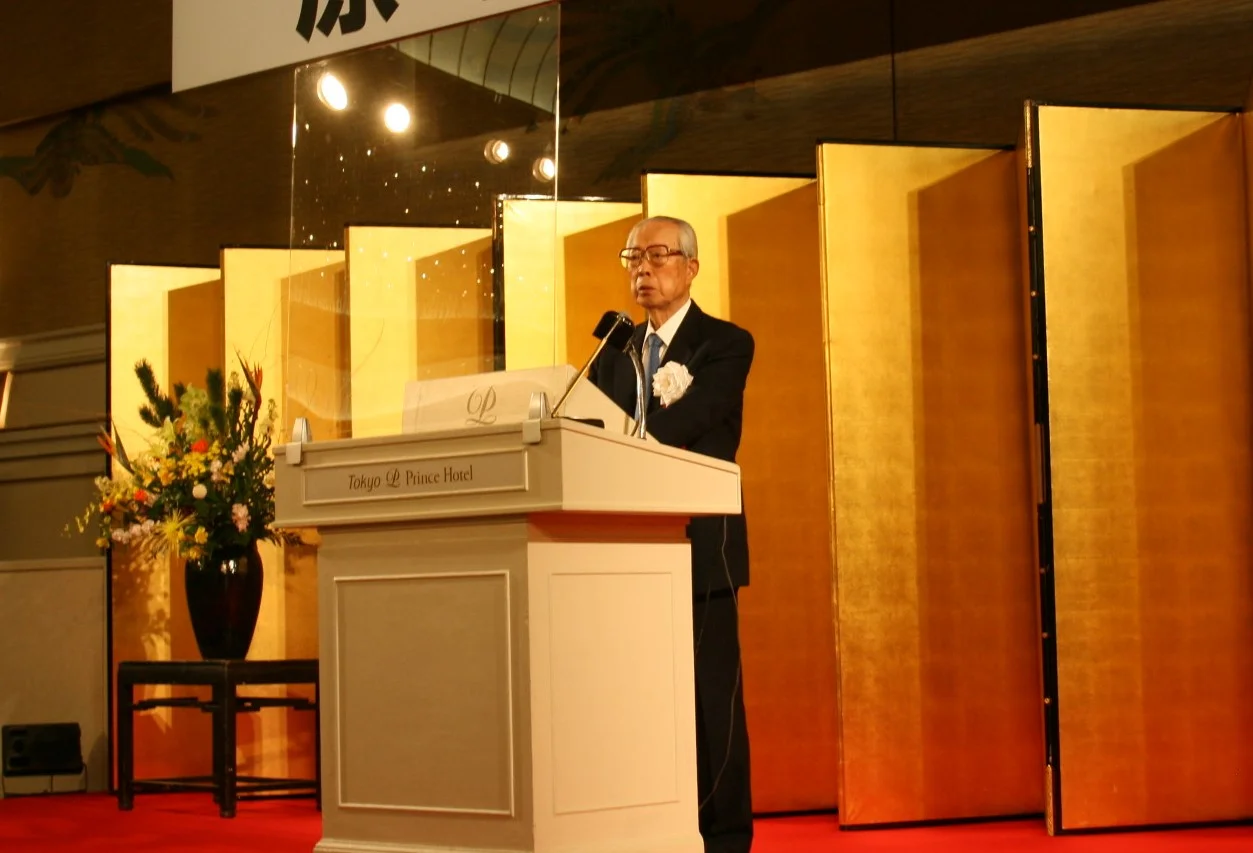
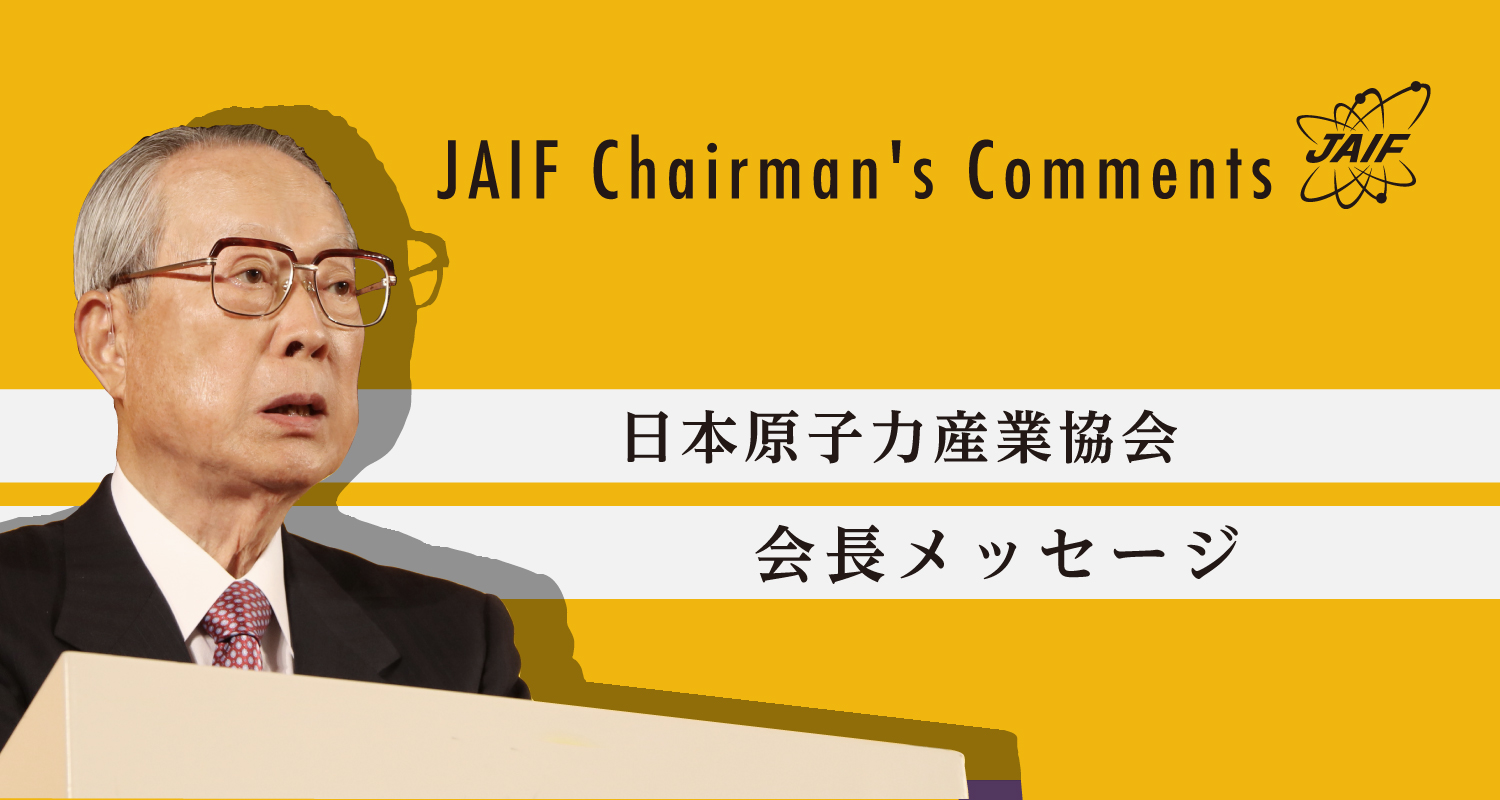
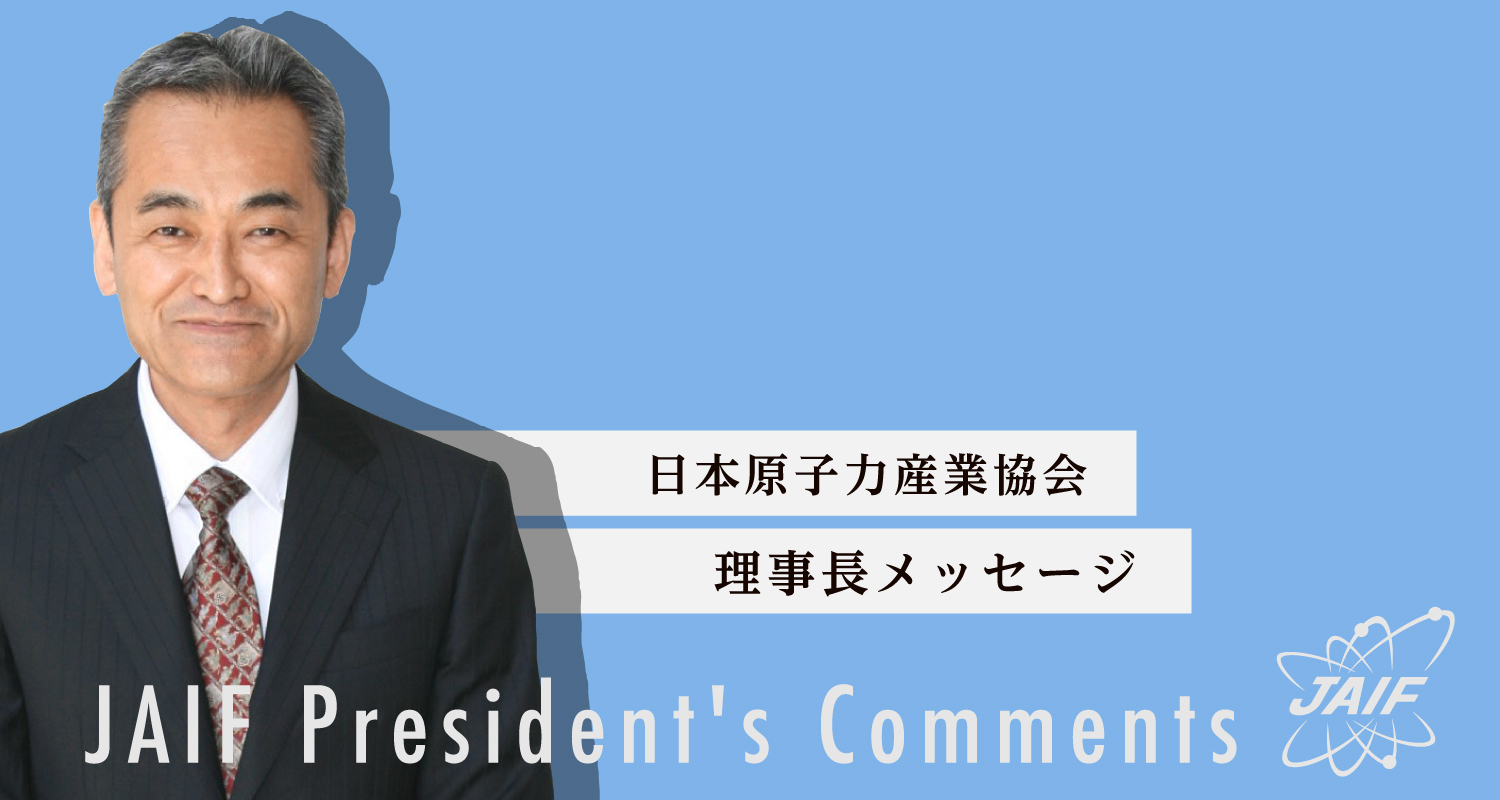
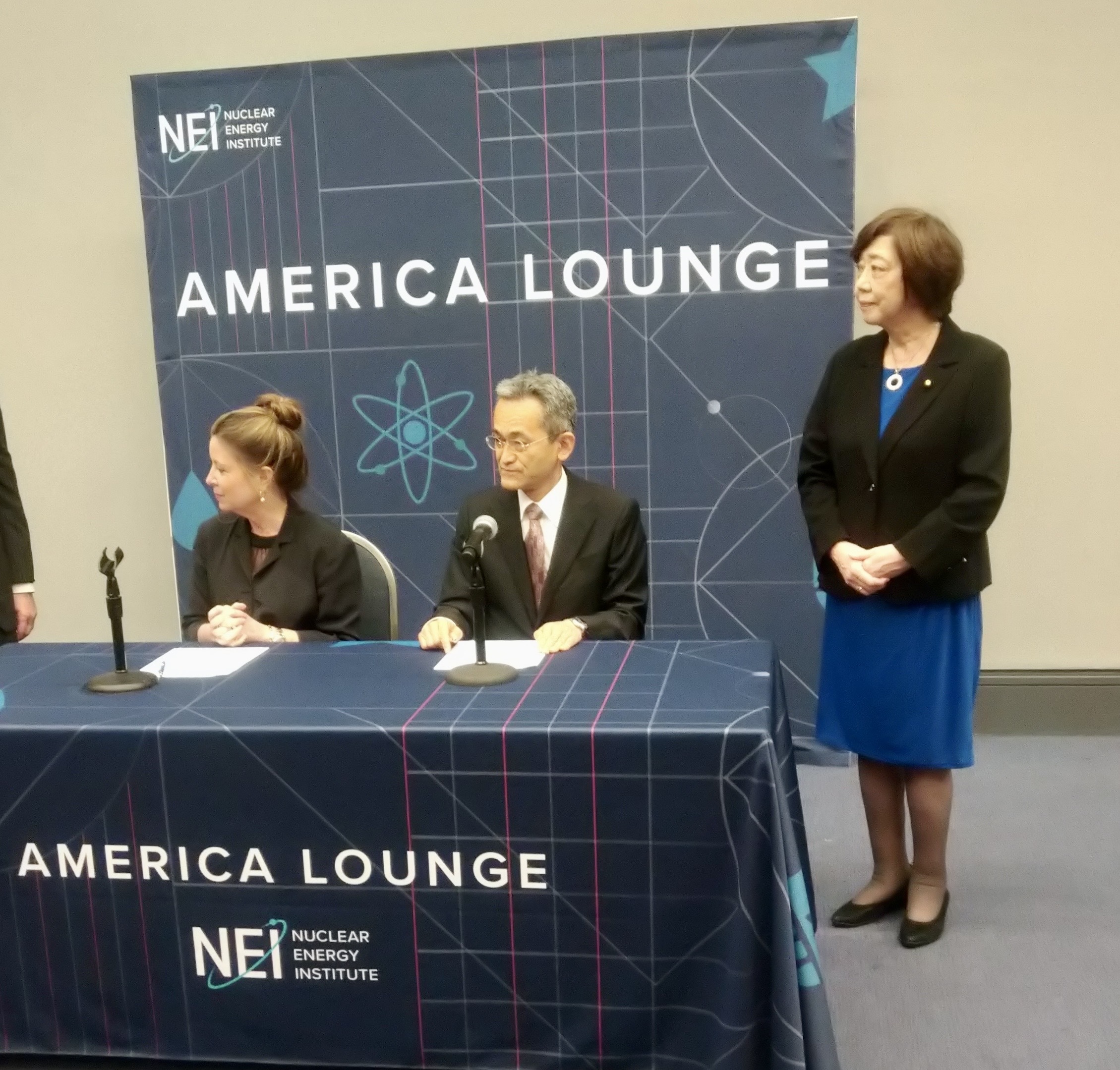

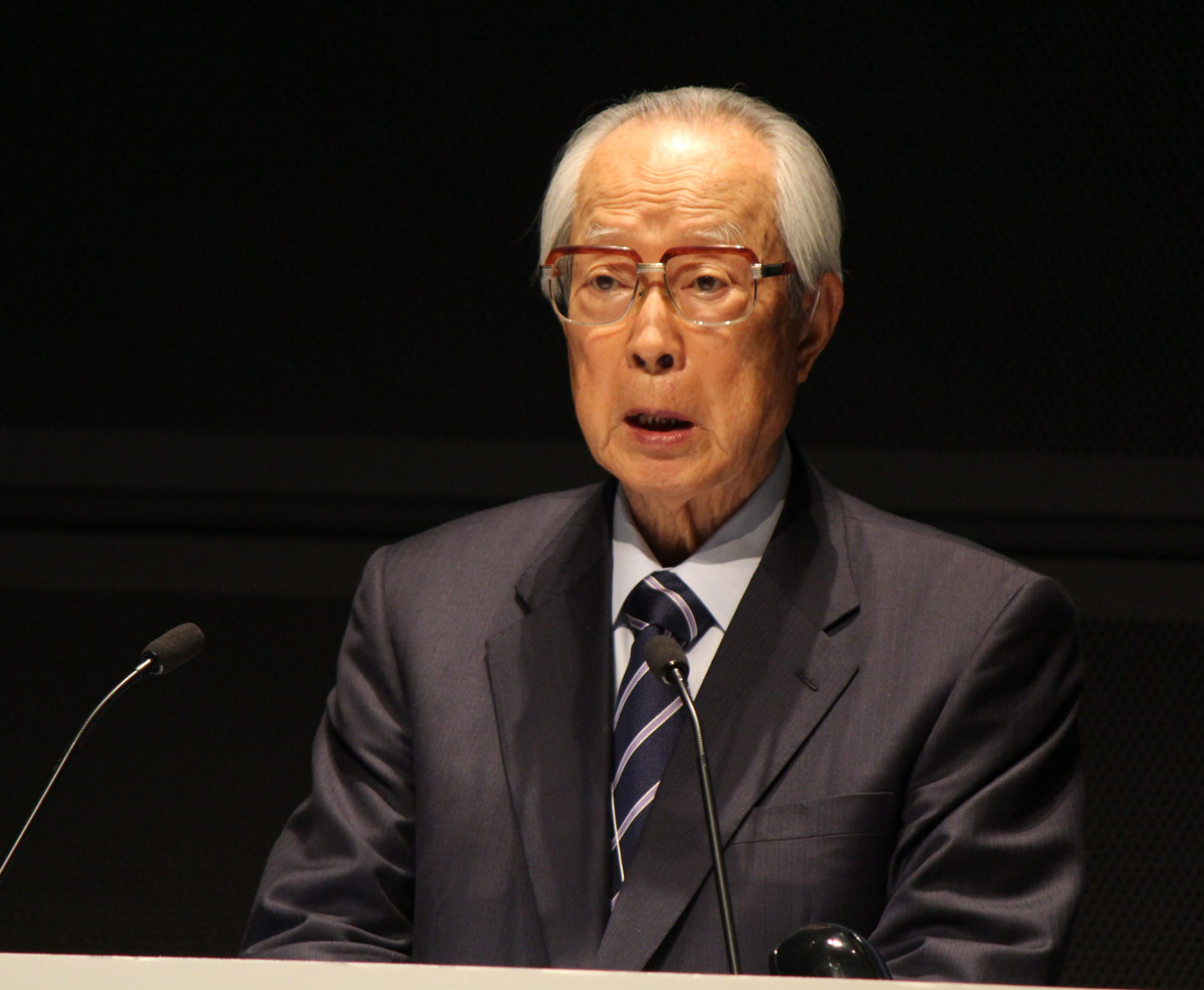
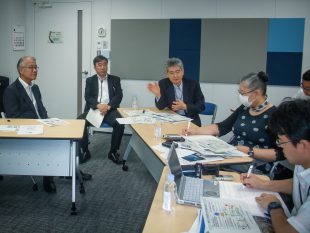


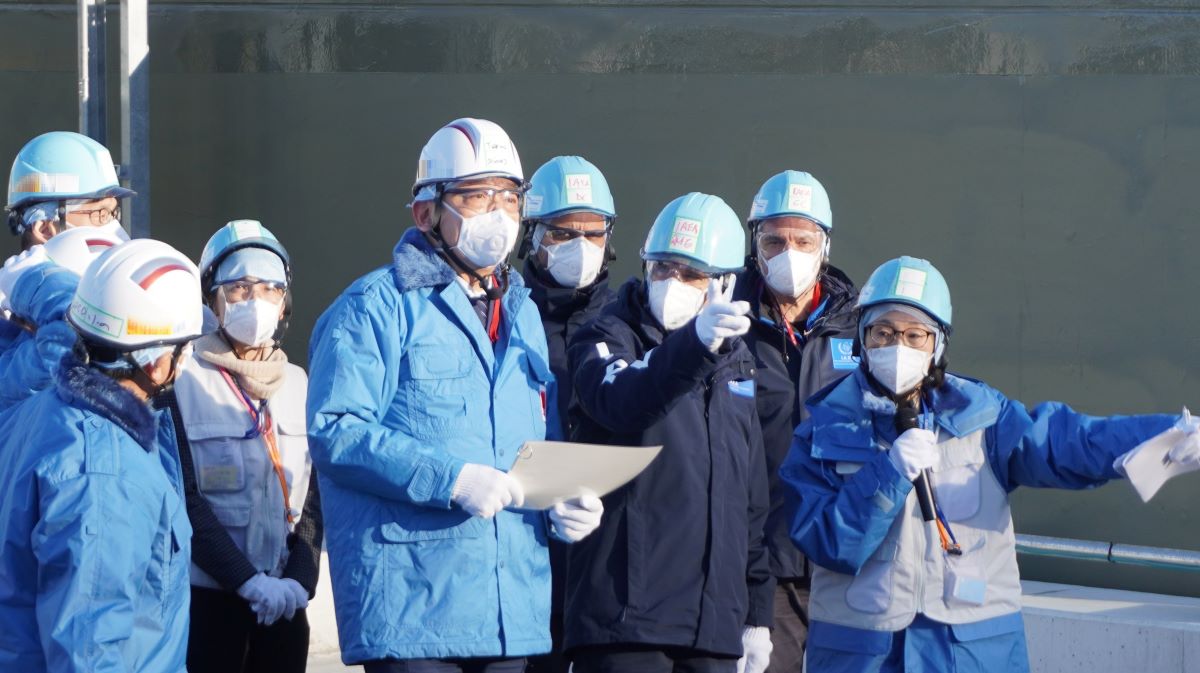
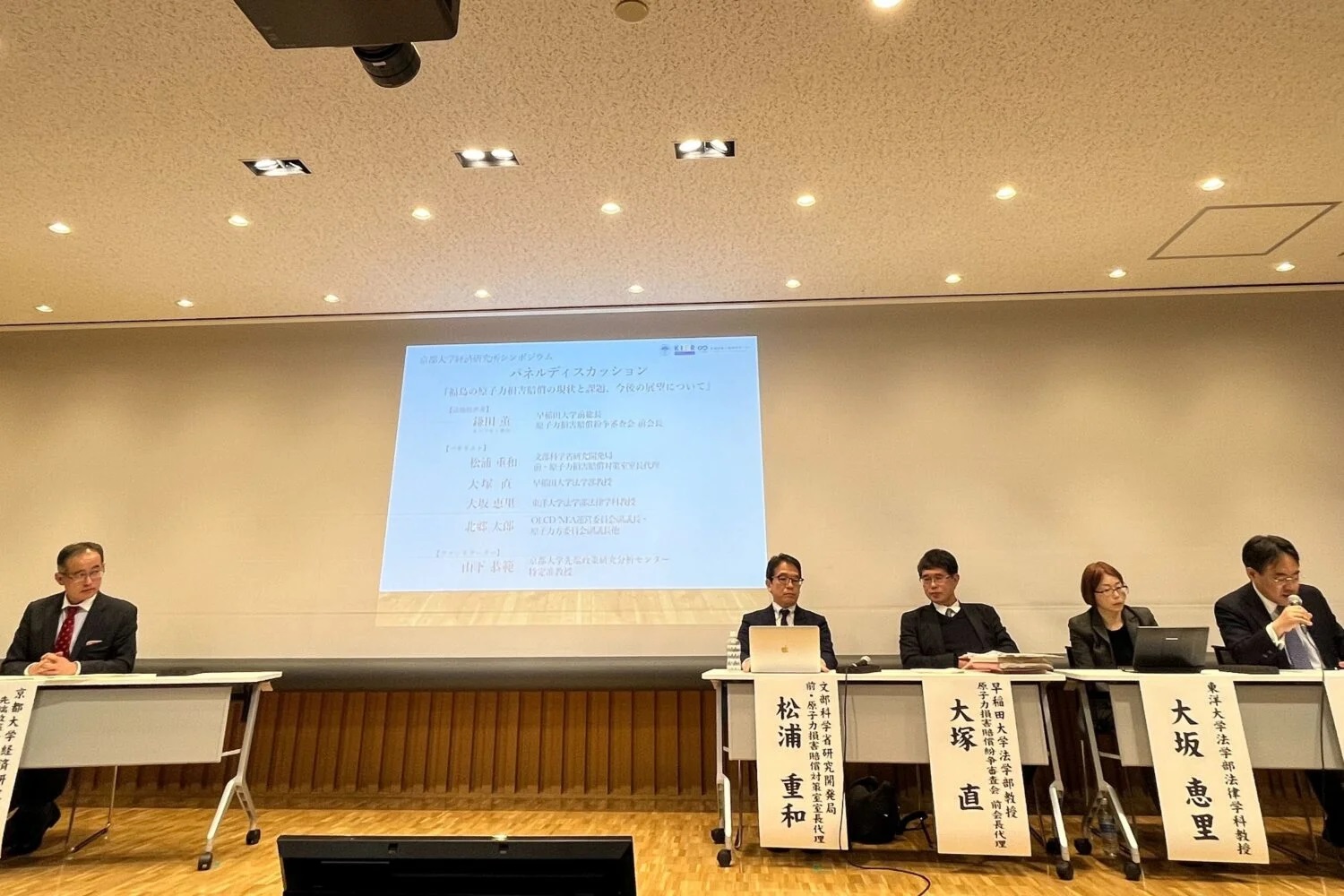
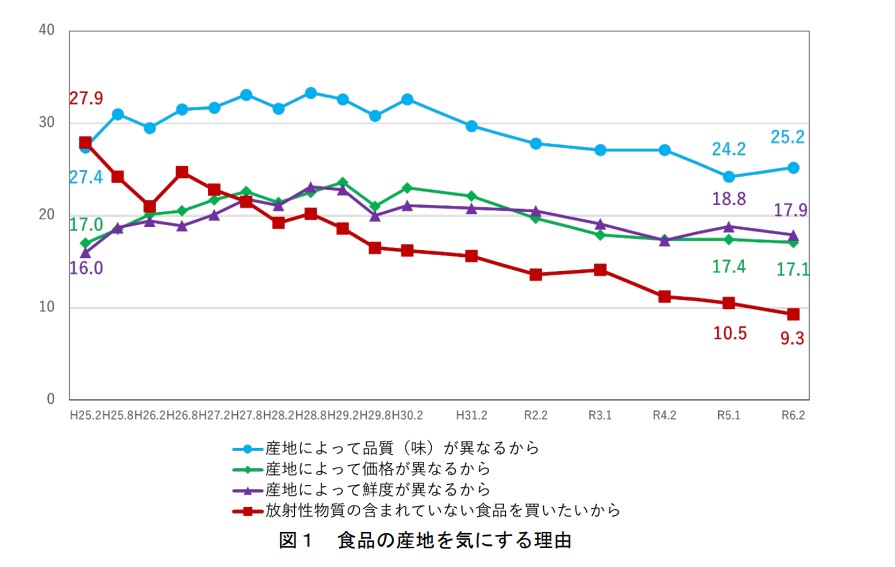
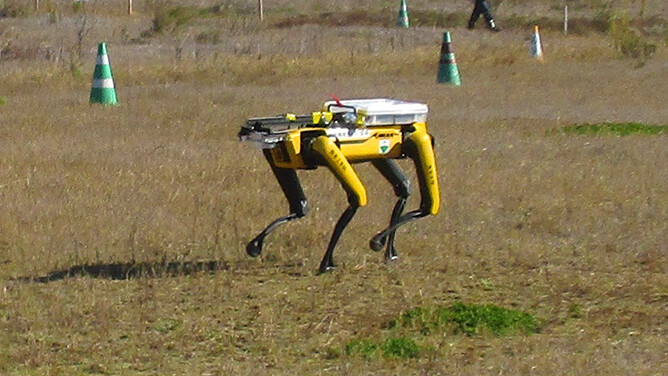
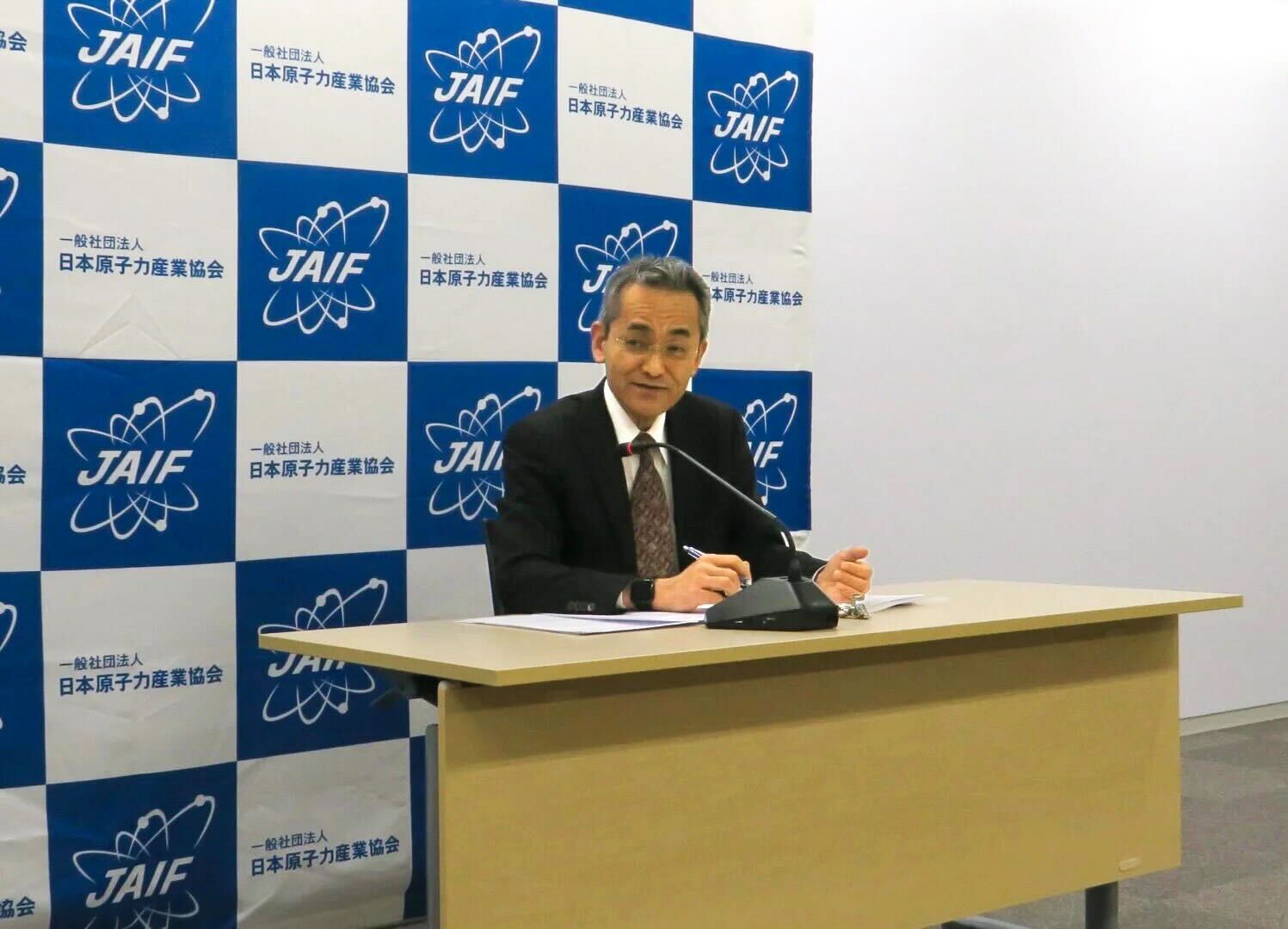
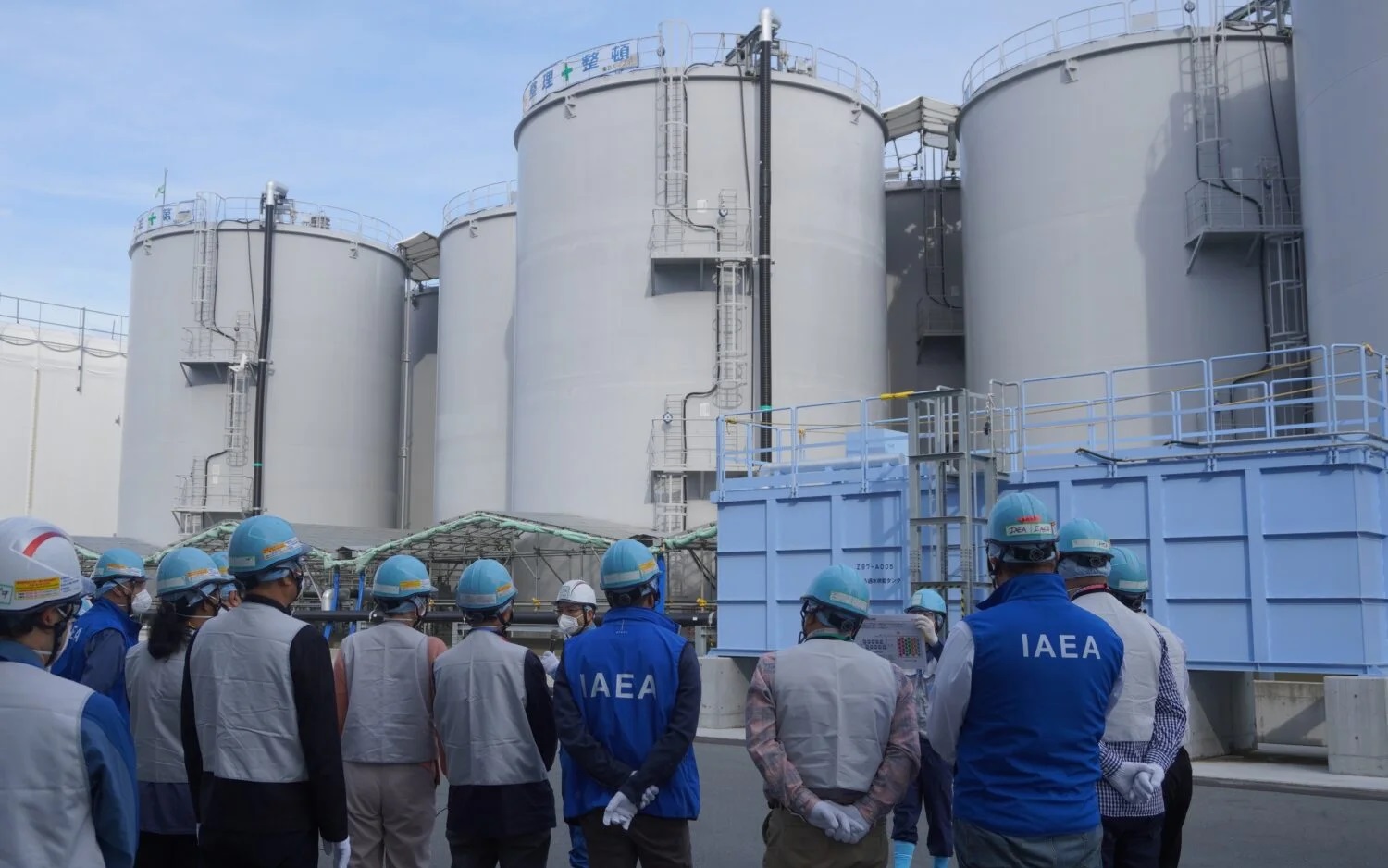
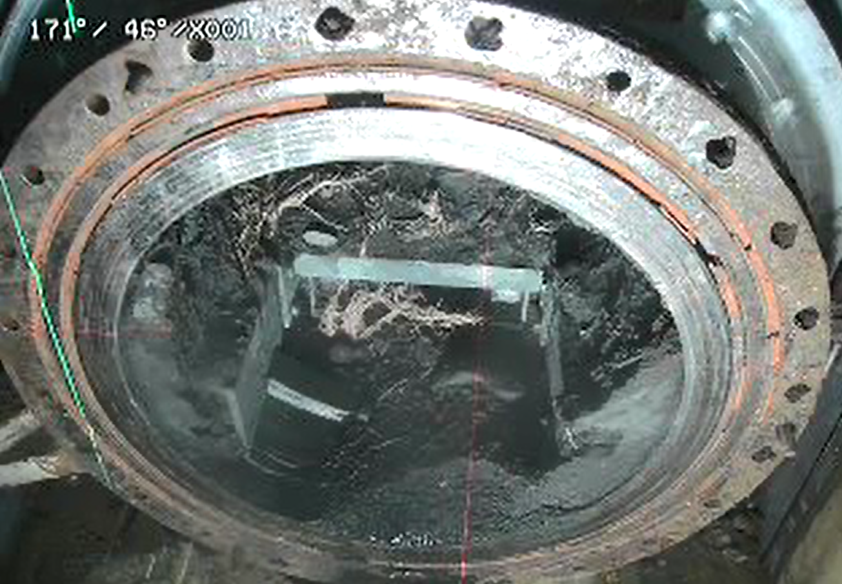

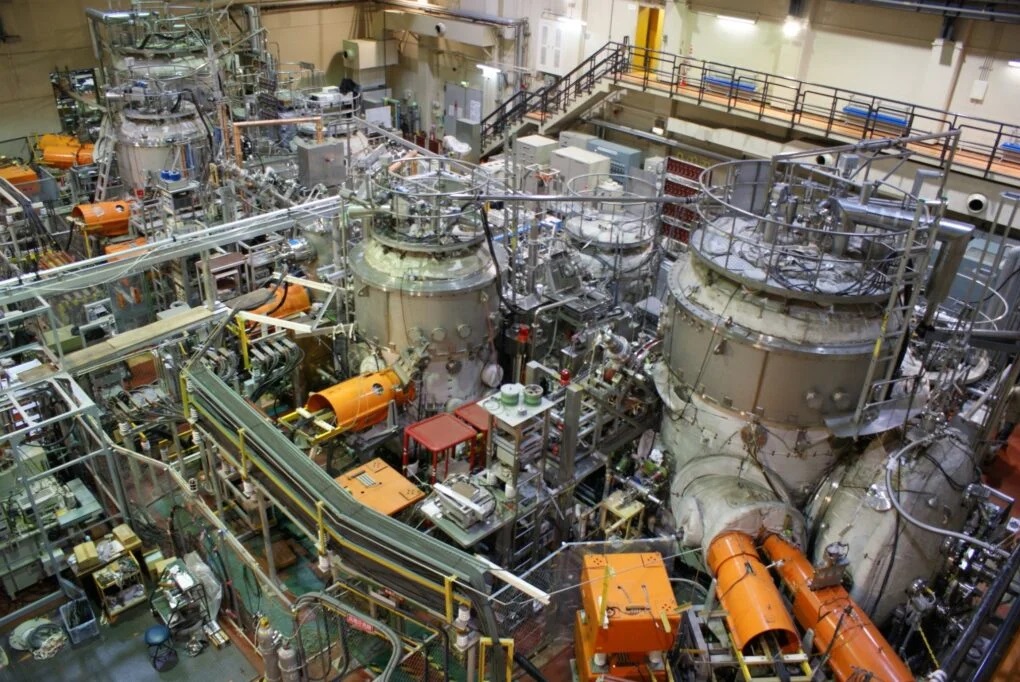
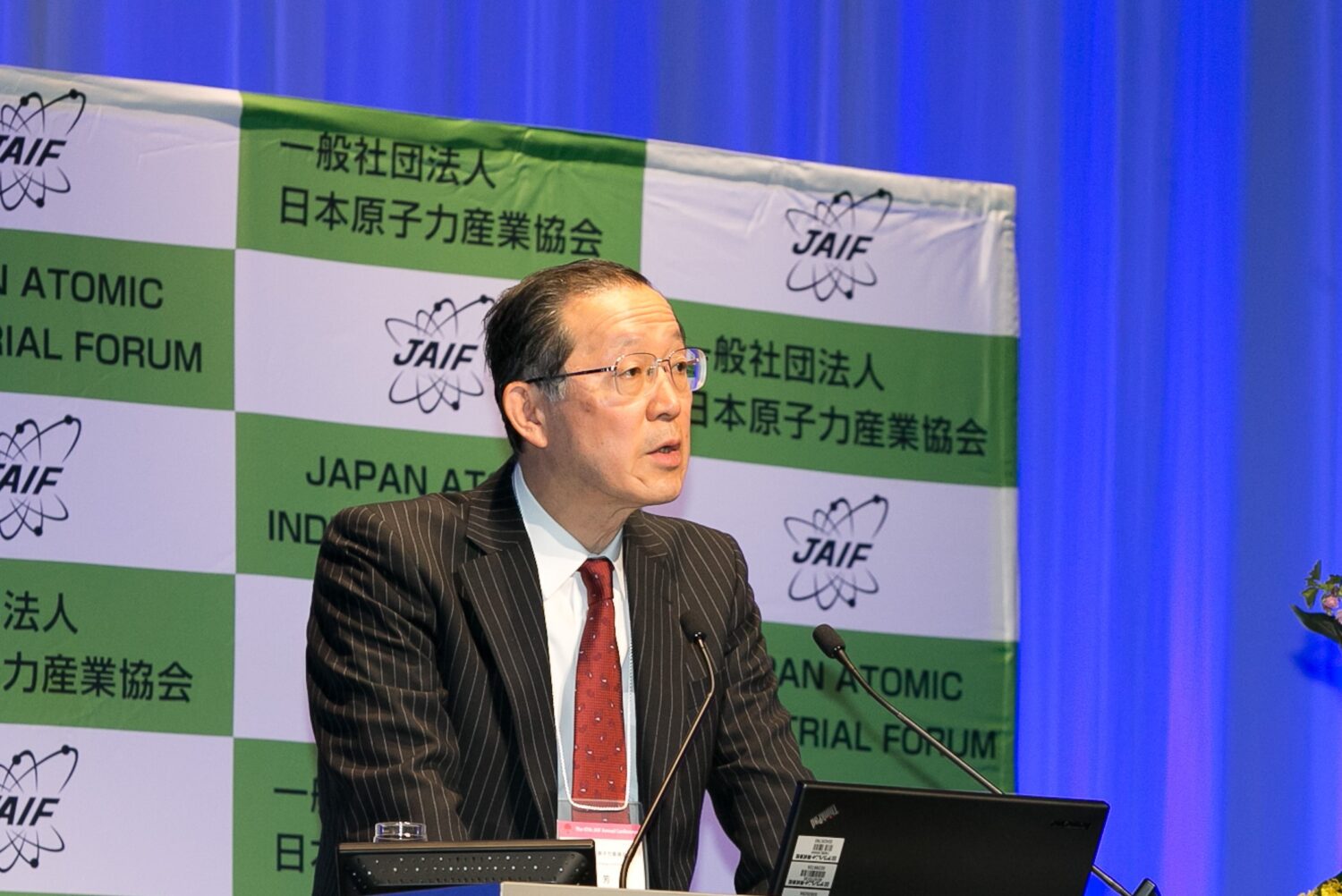
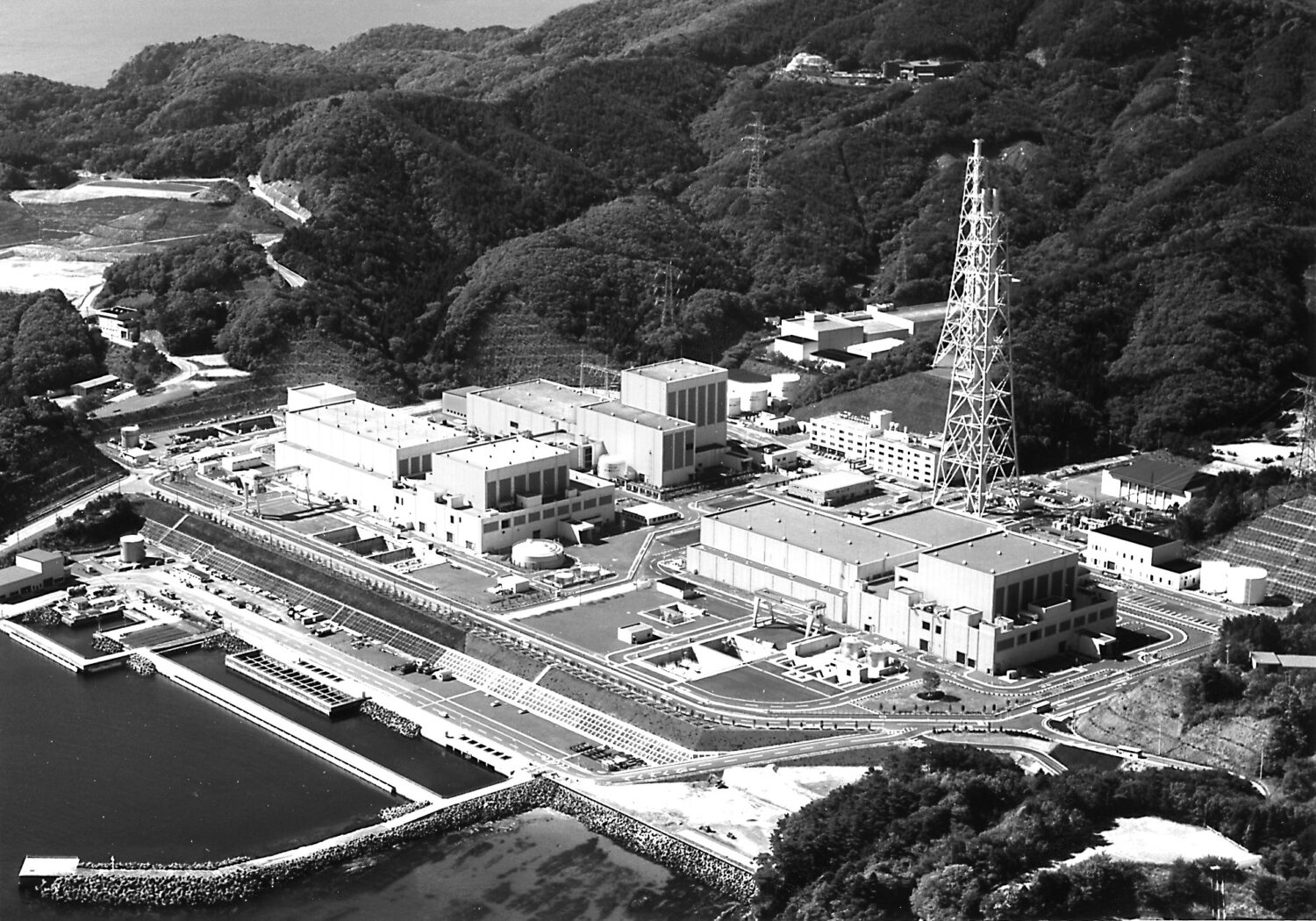
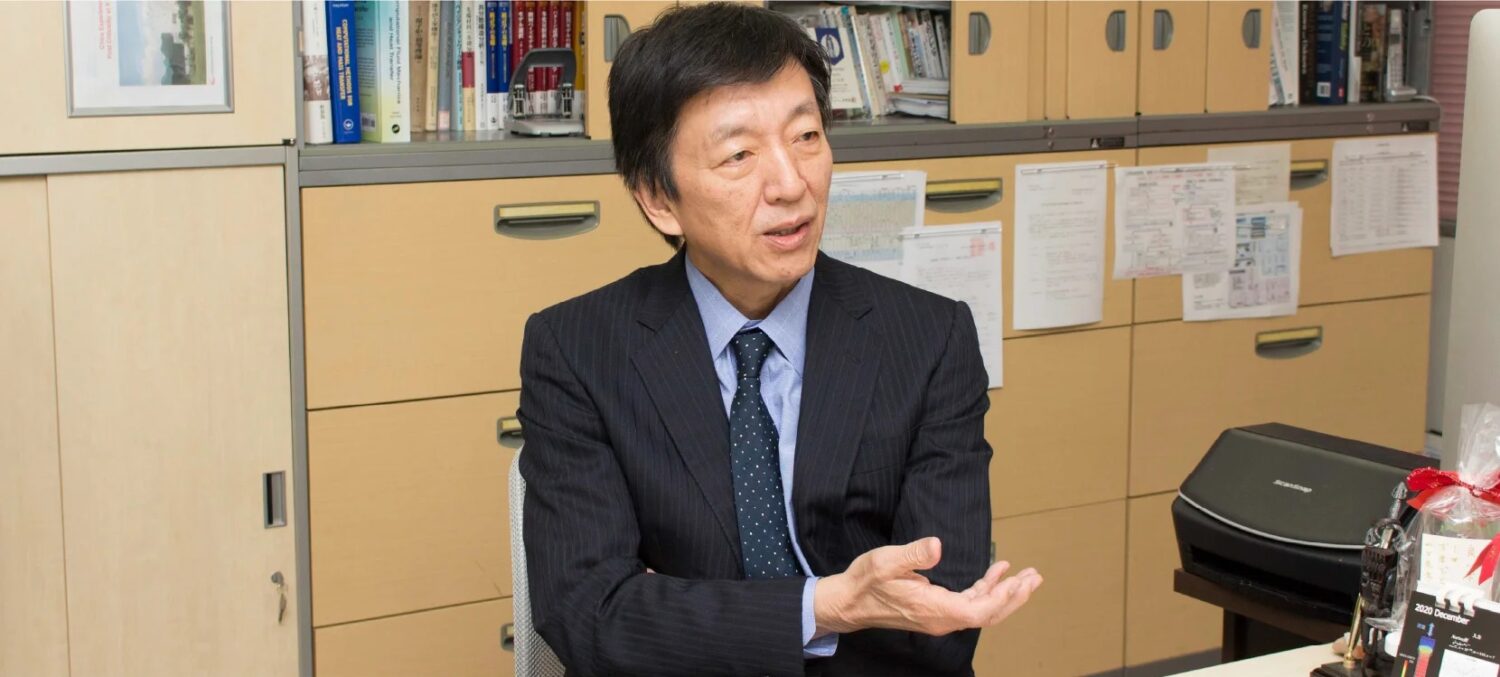
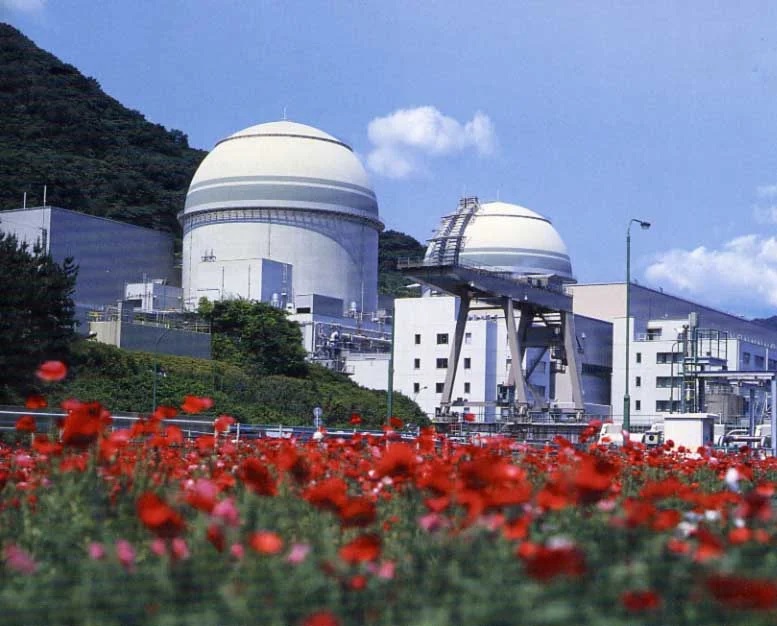
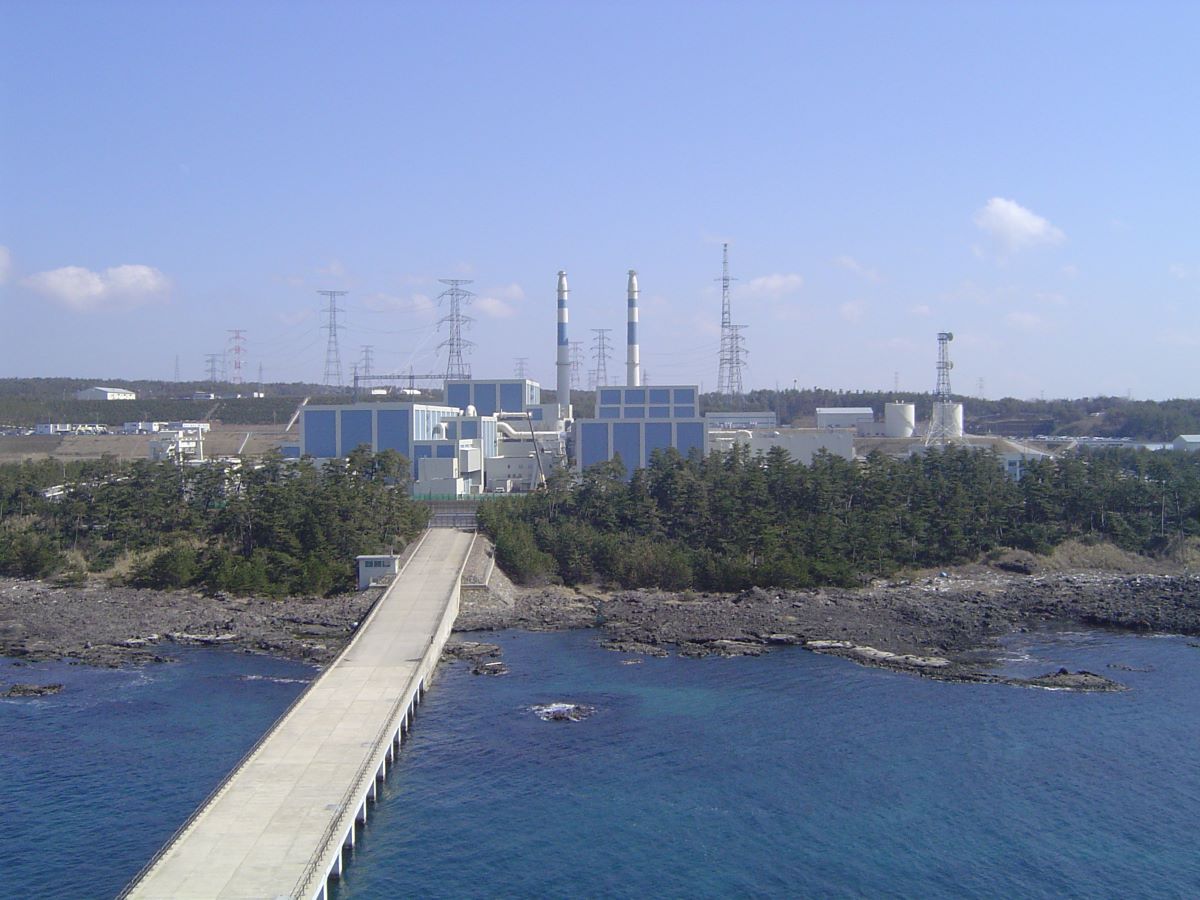

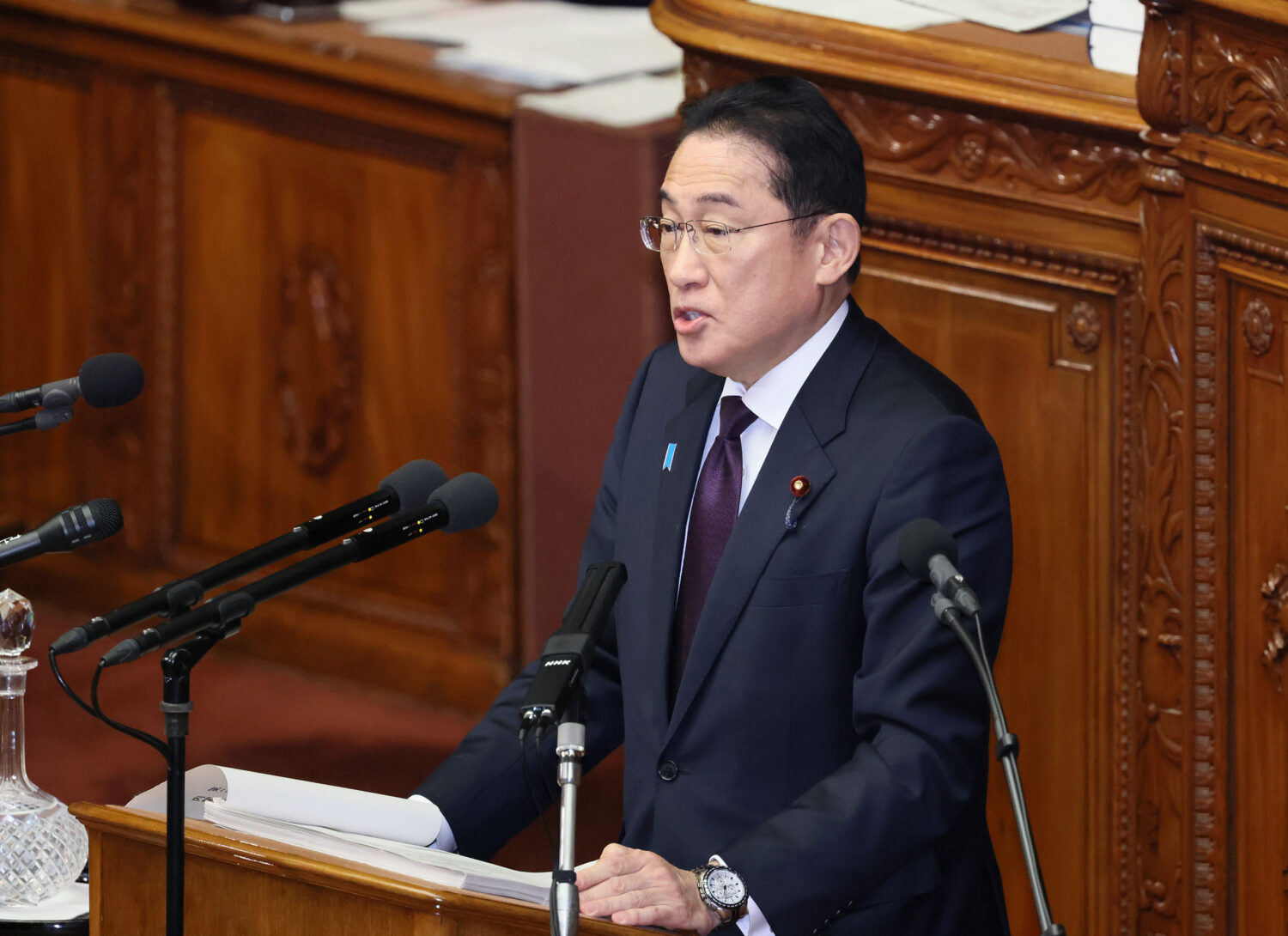
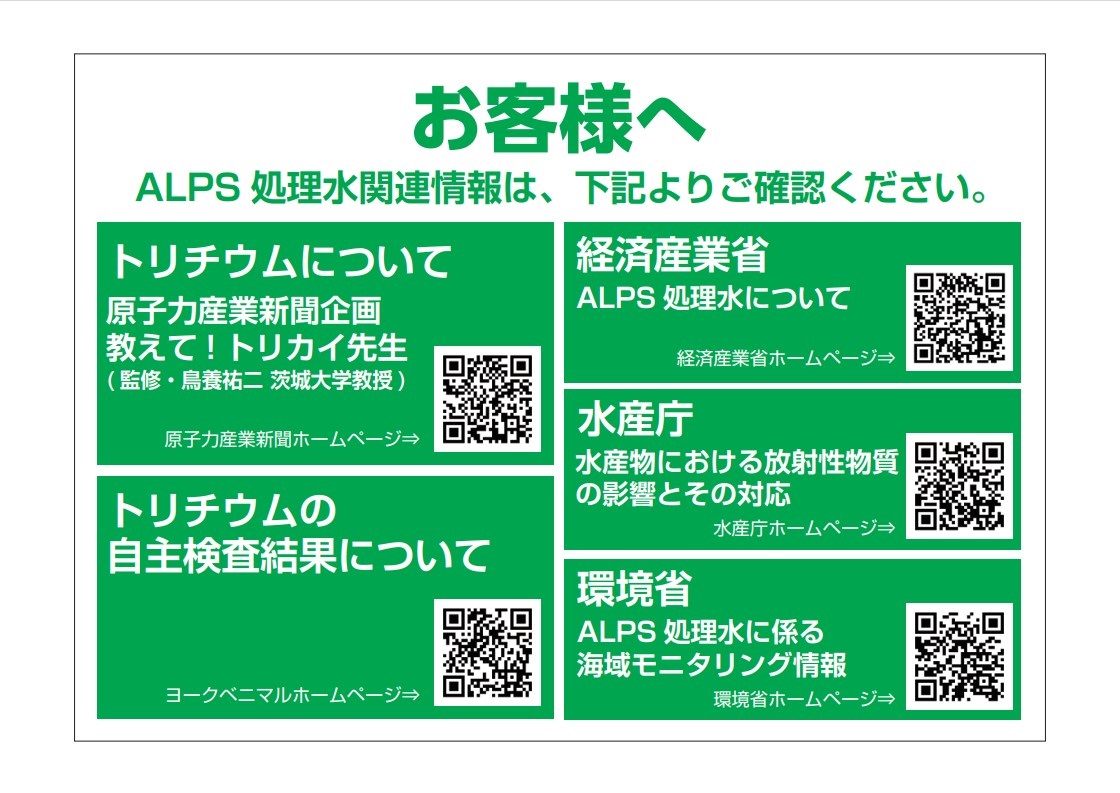
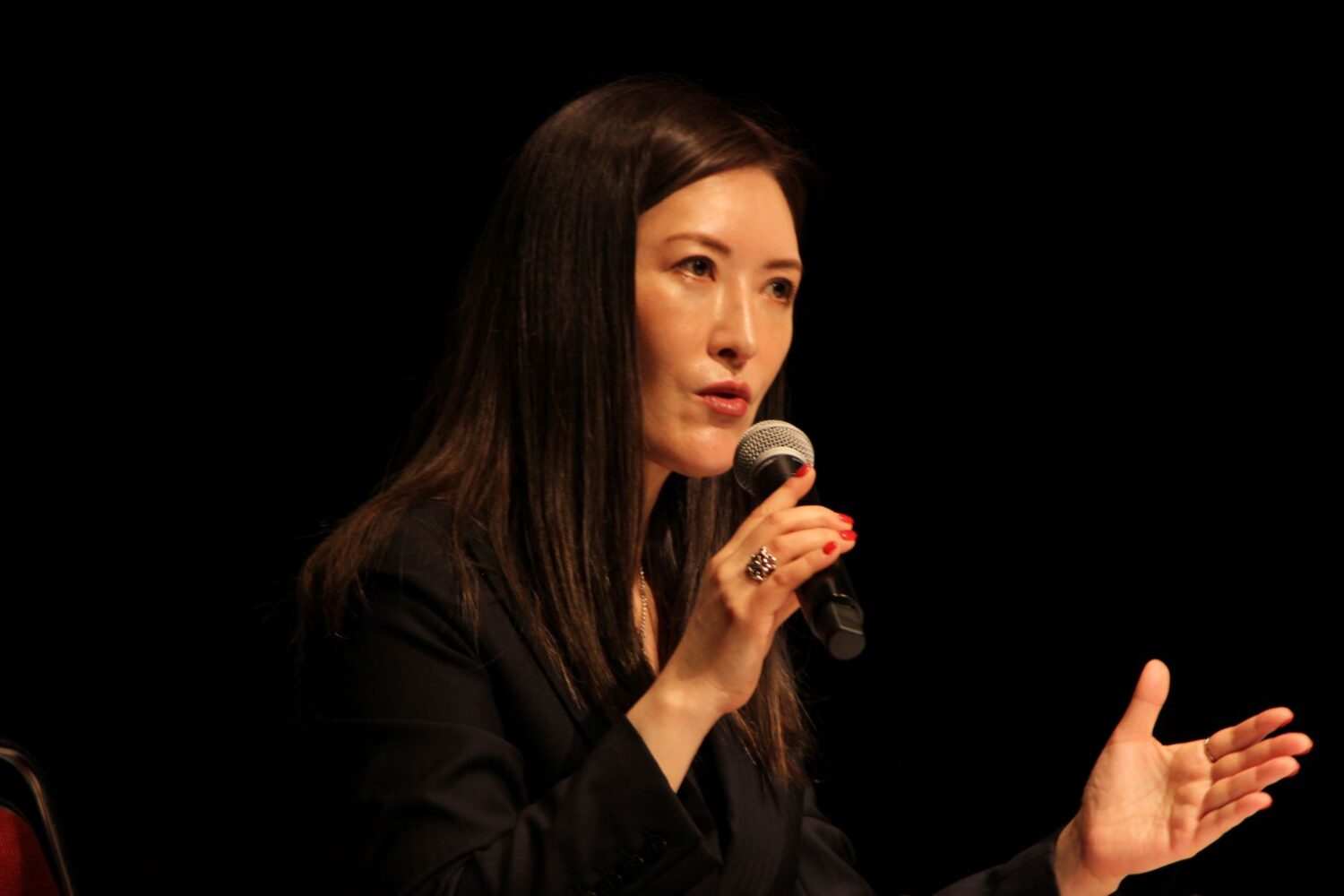

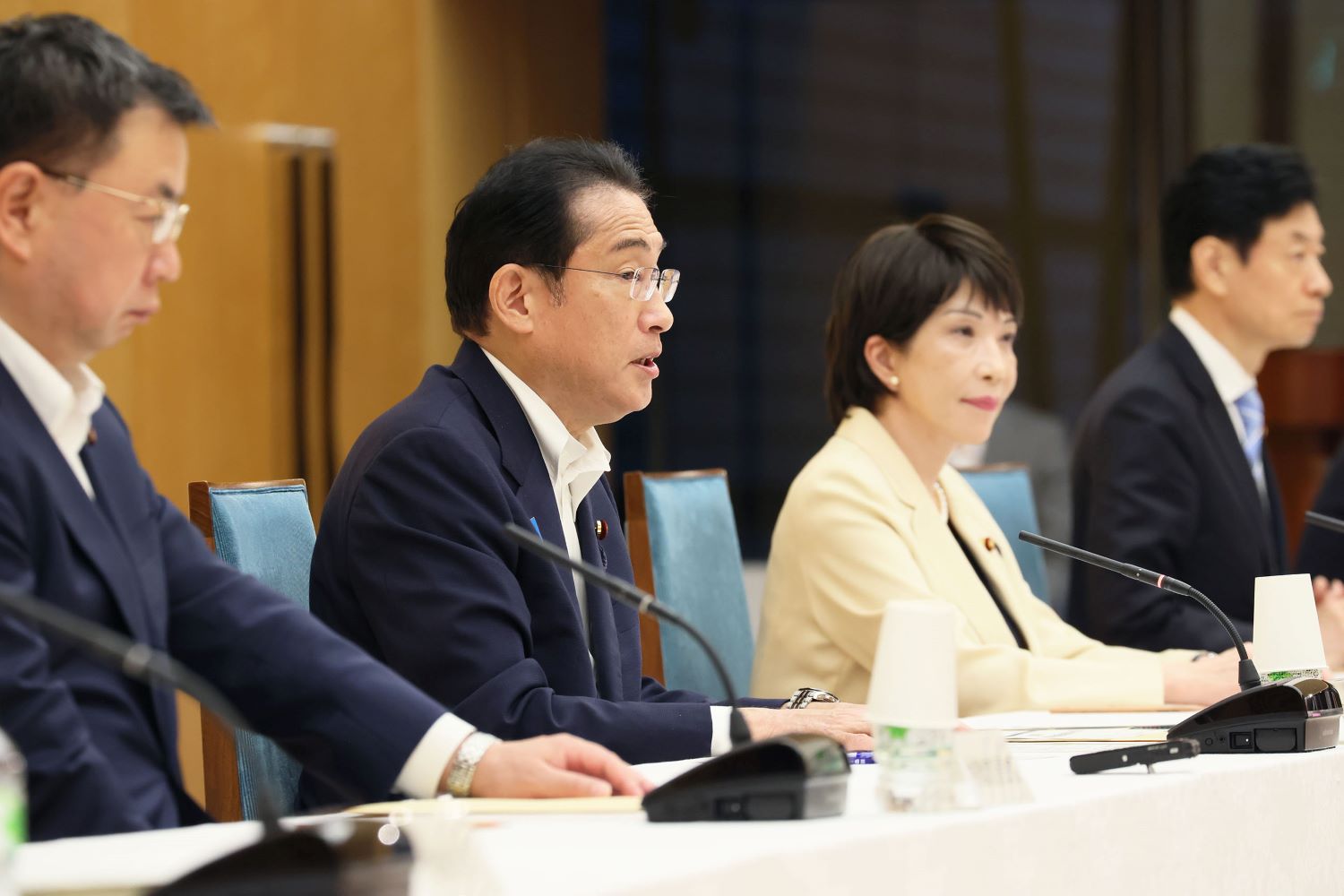
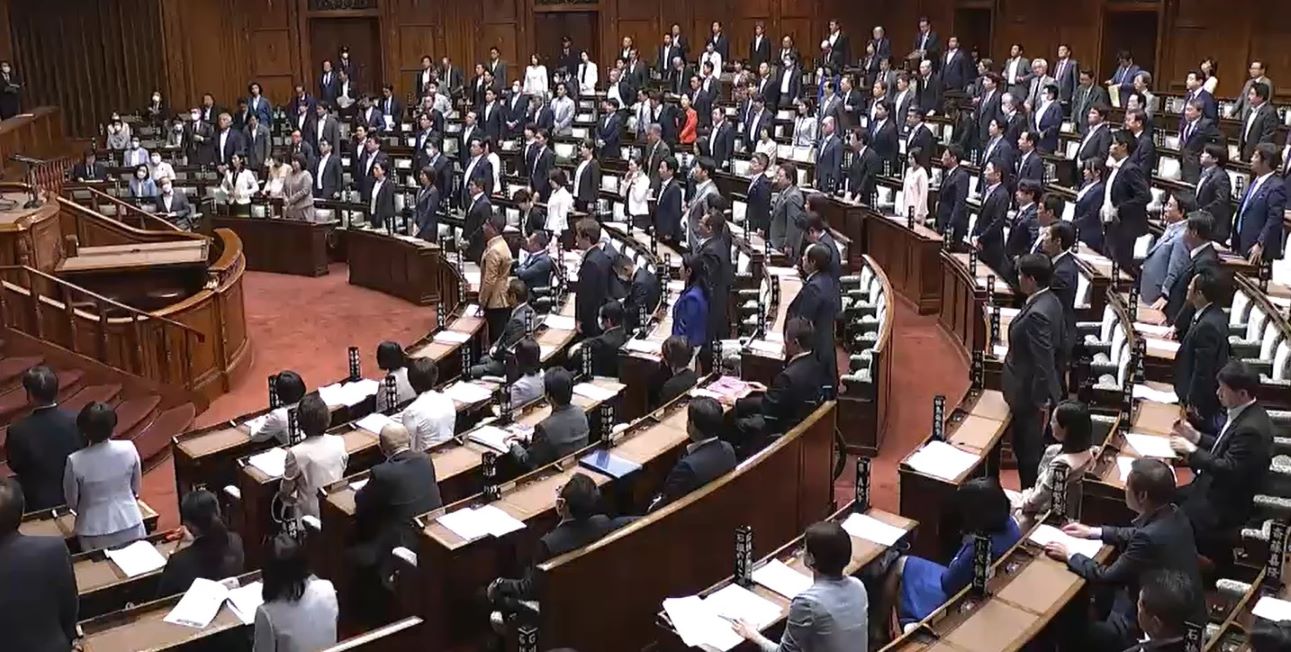
mini.jpg)
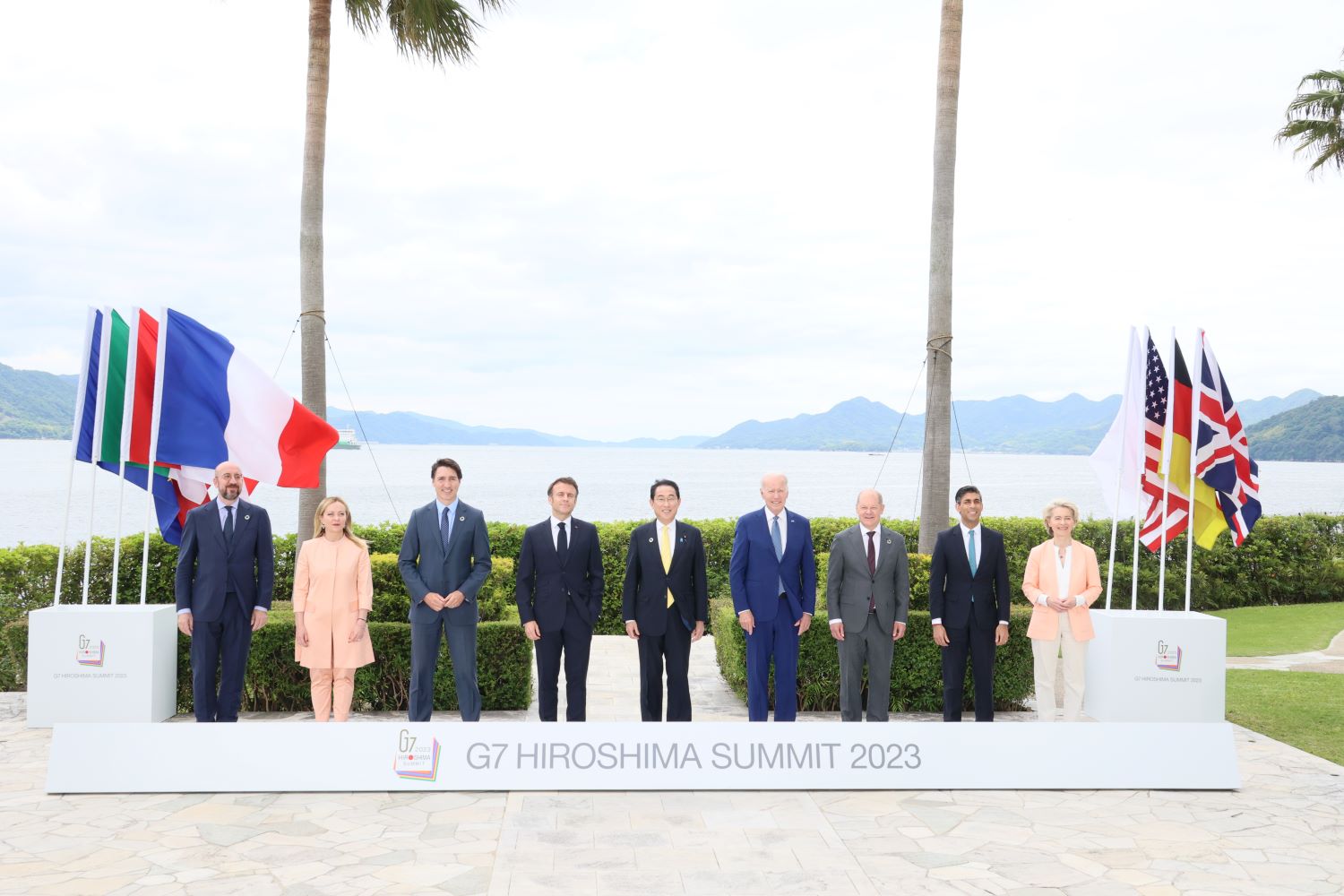
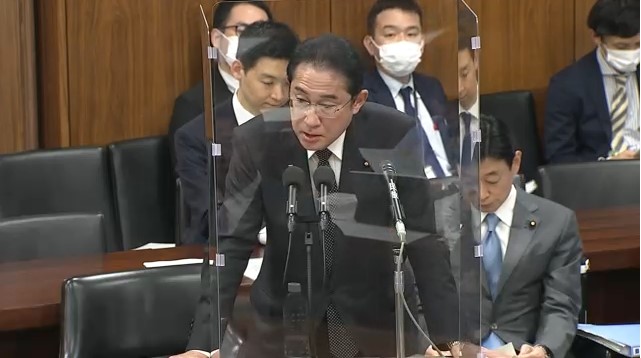
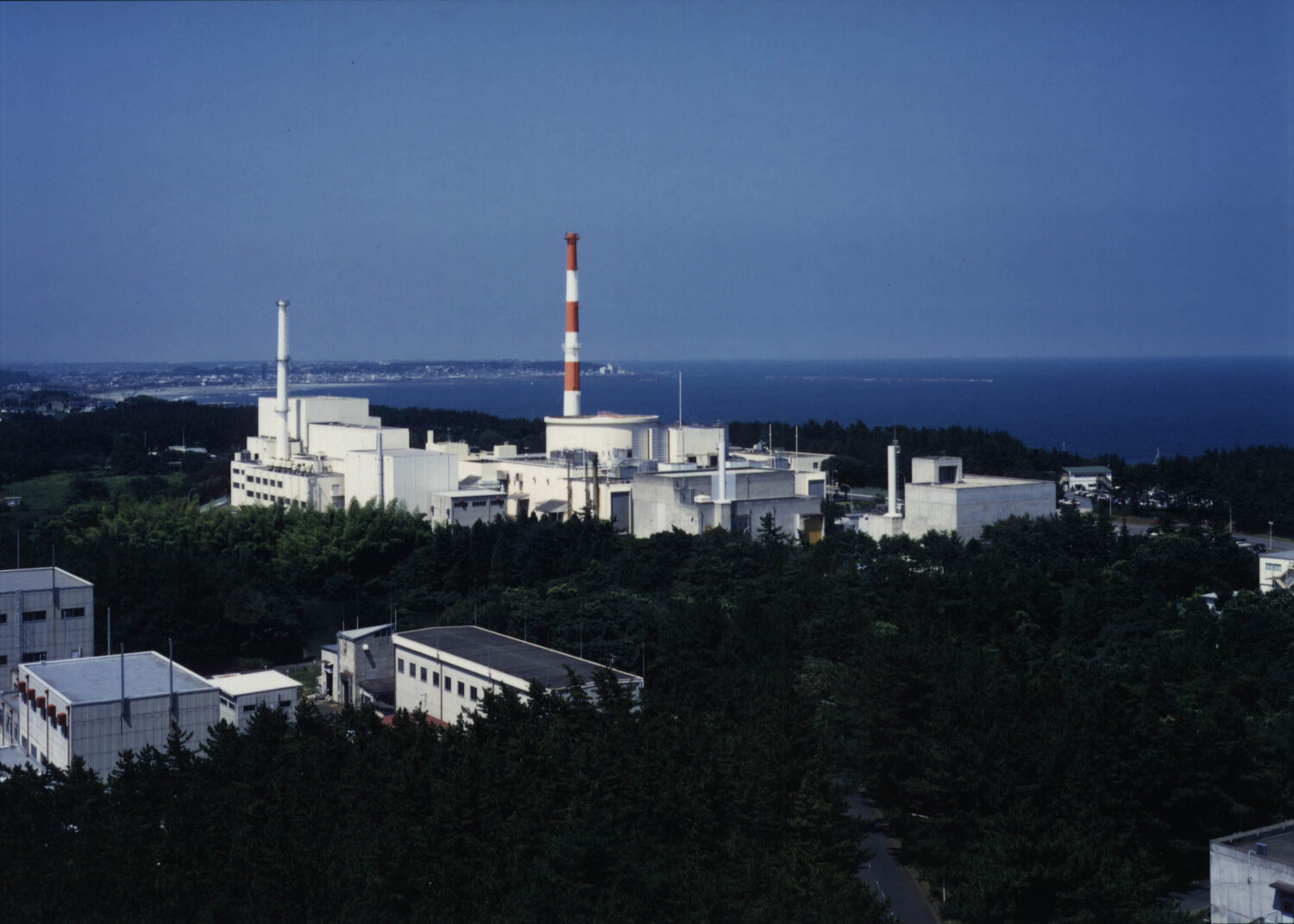
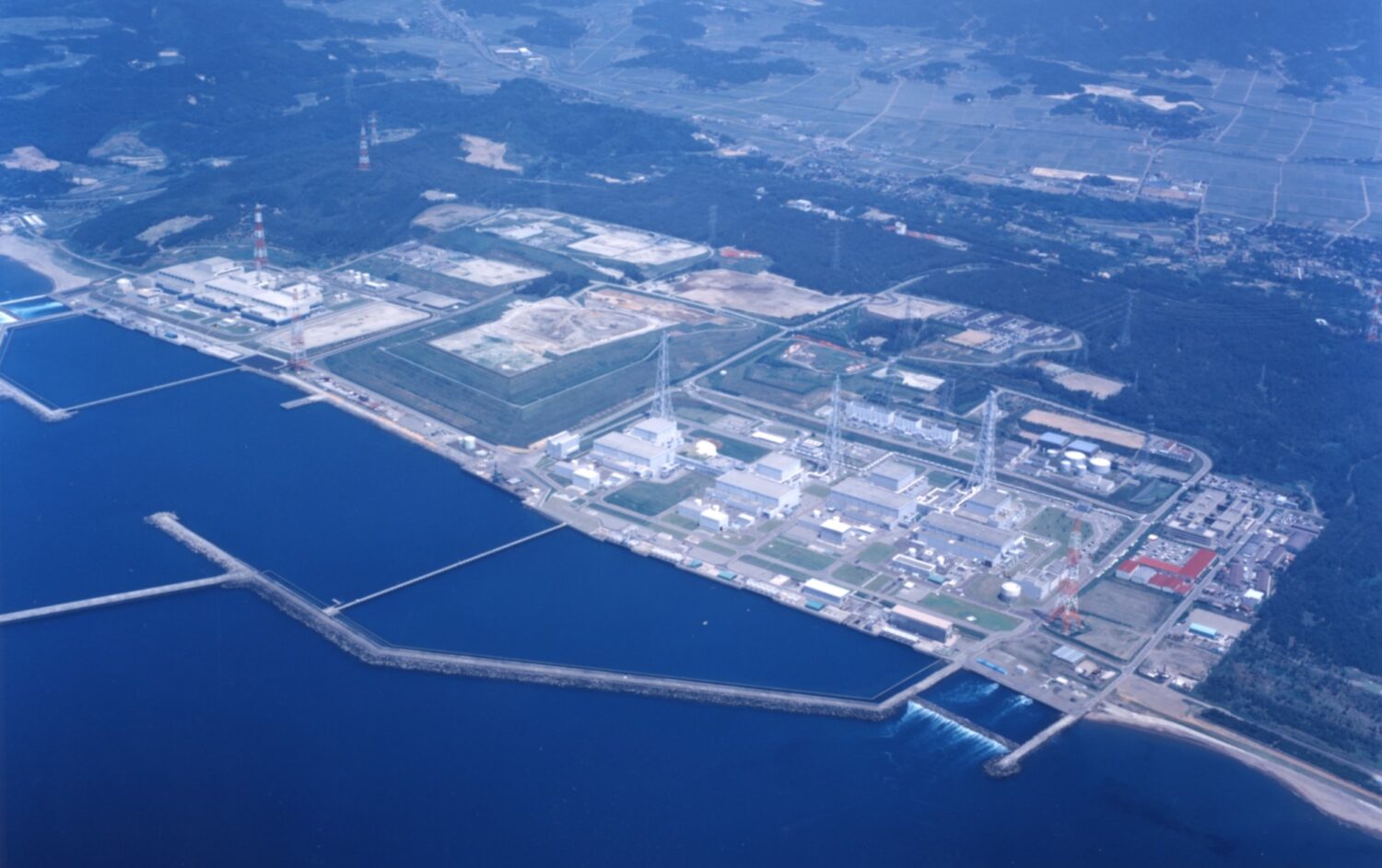
.jpg)
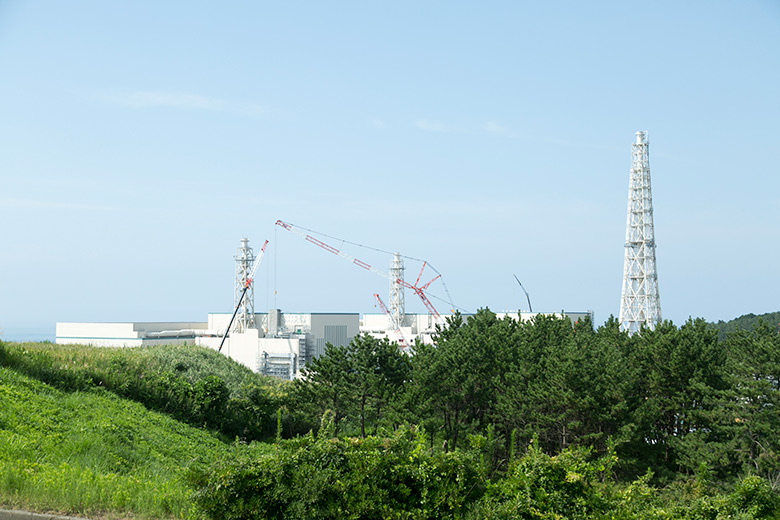
.jpg)

